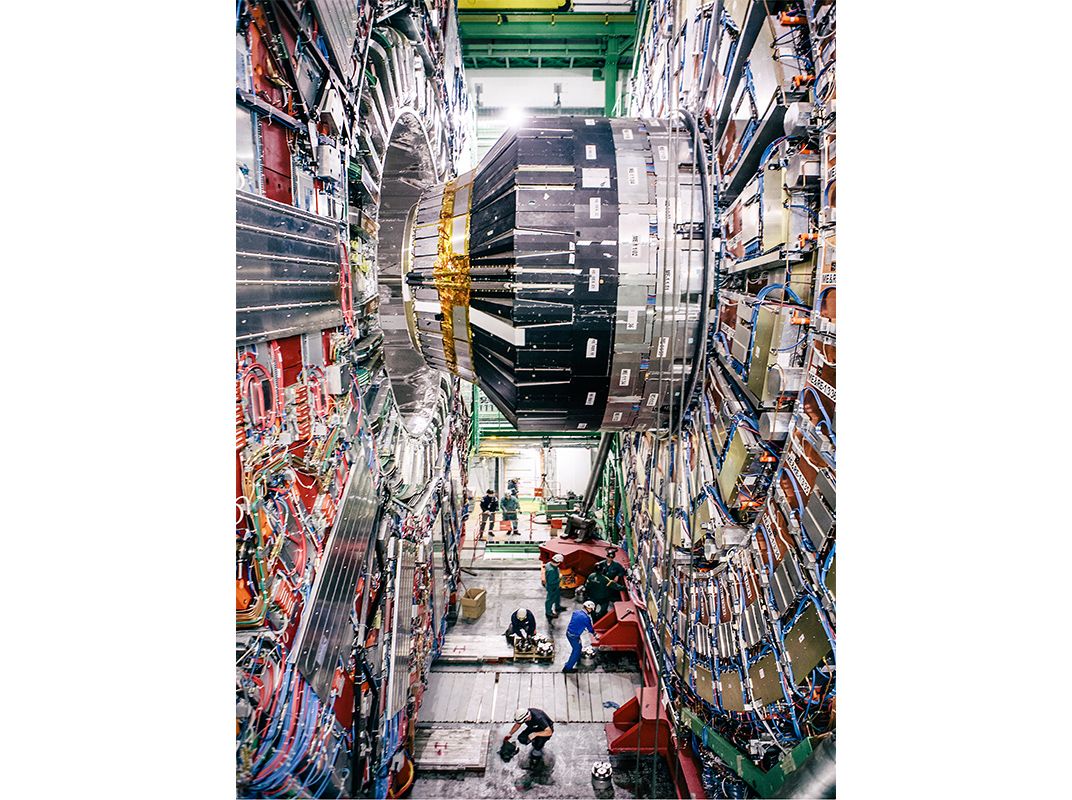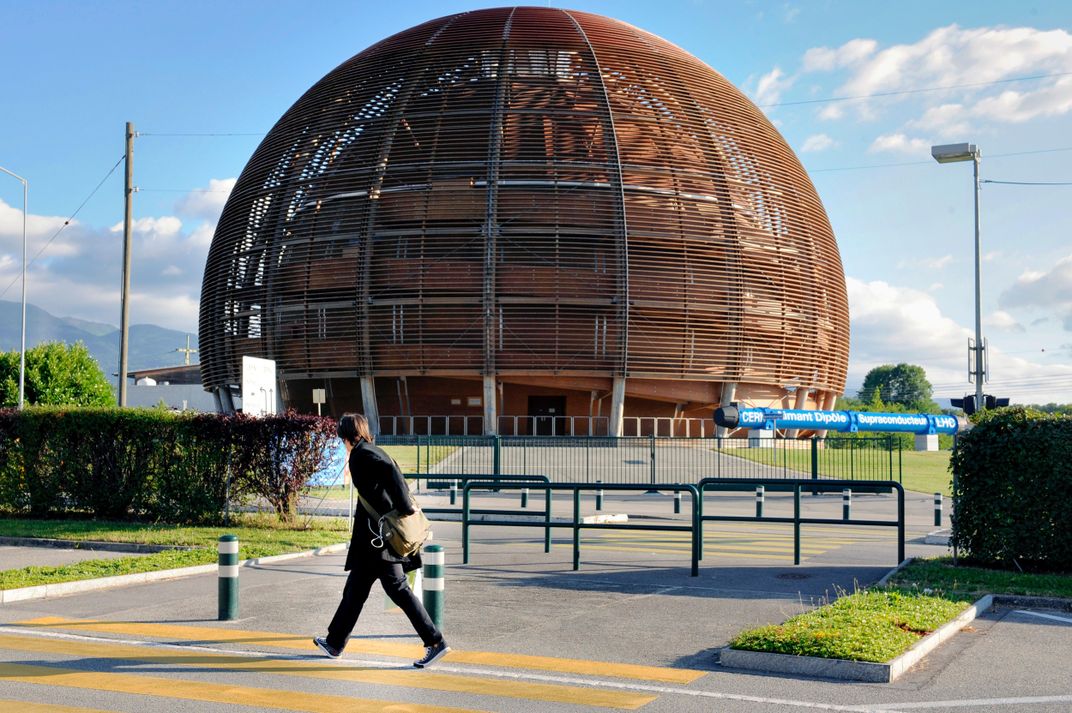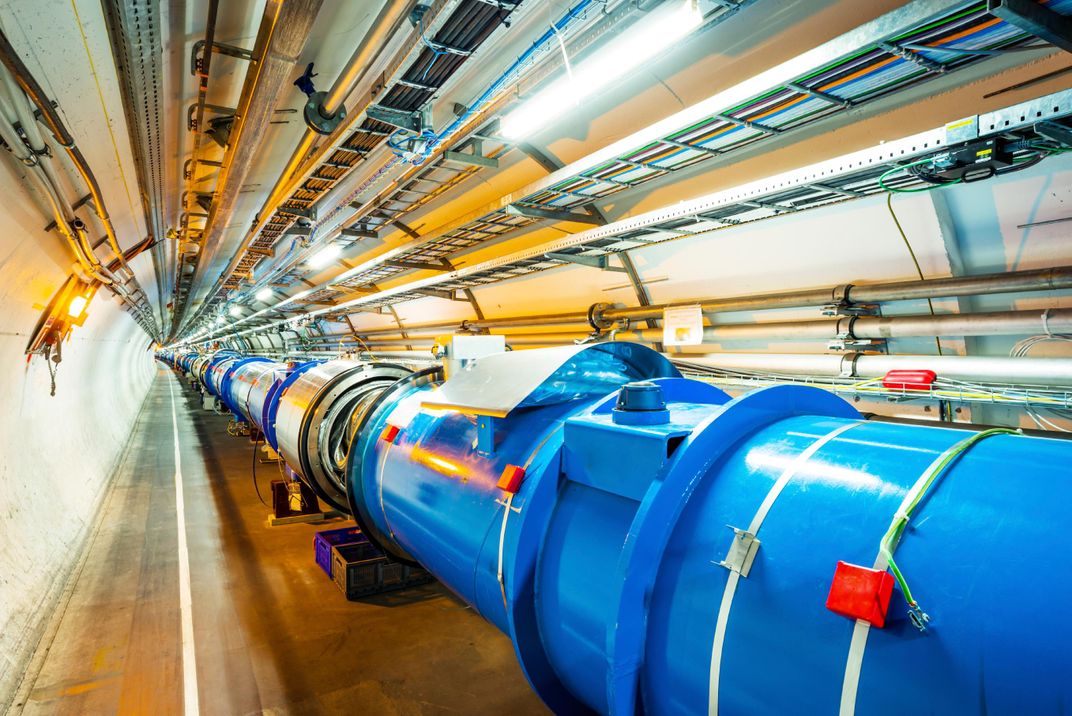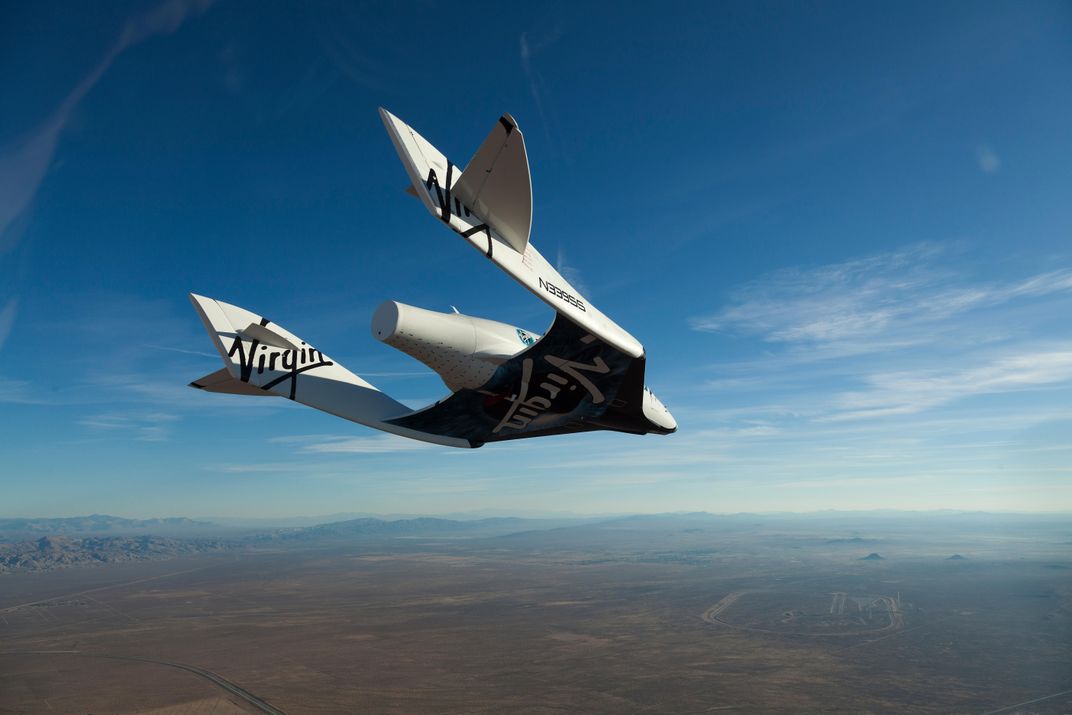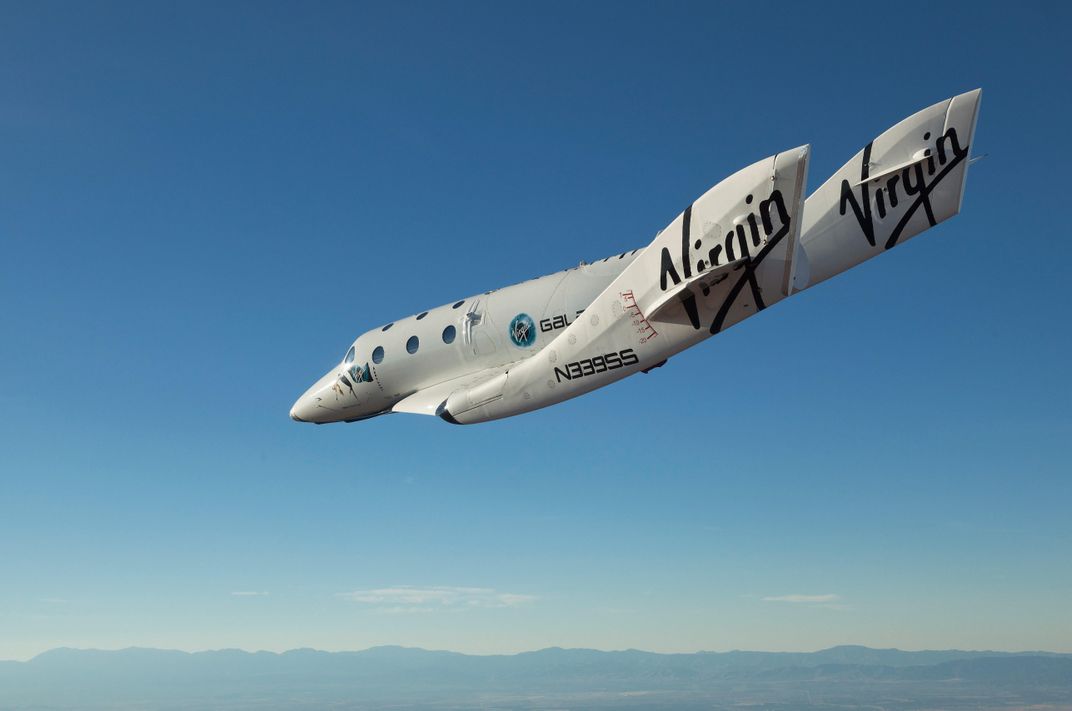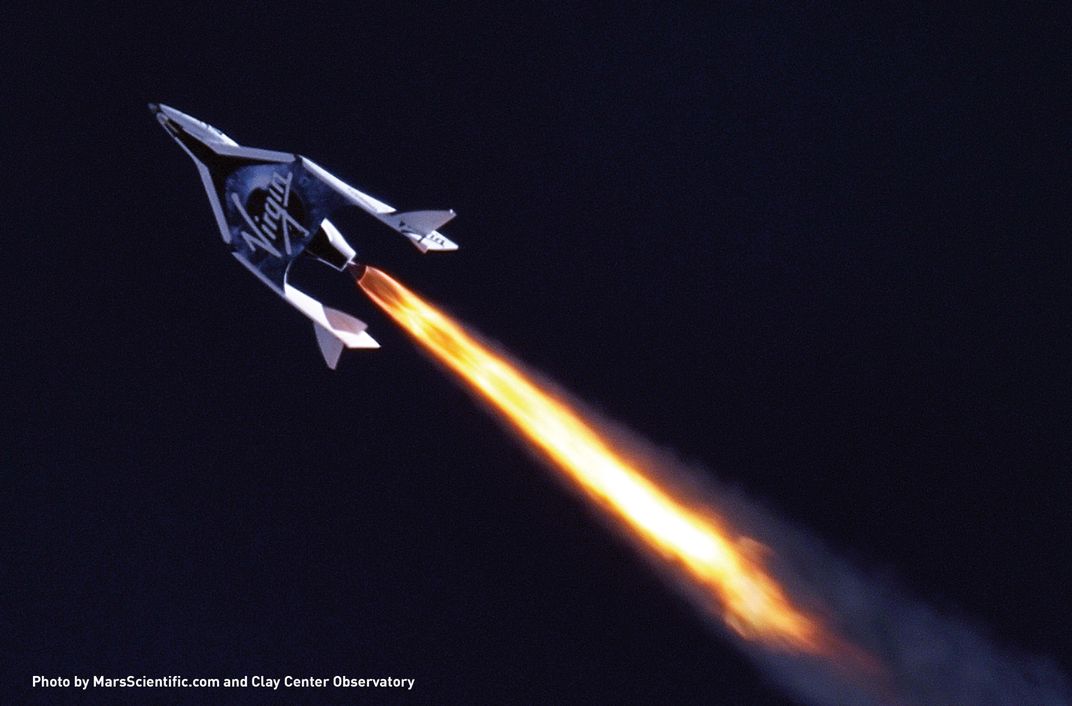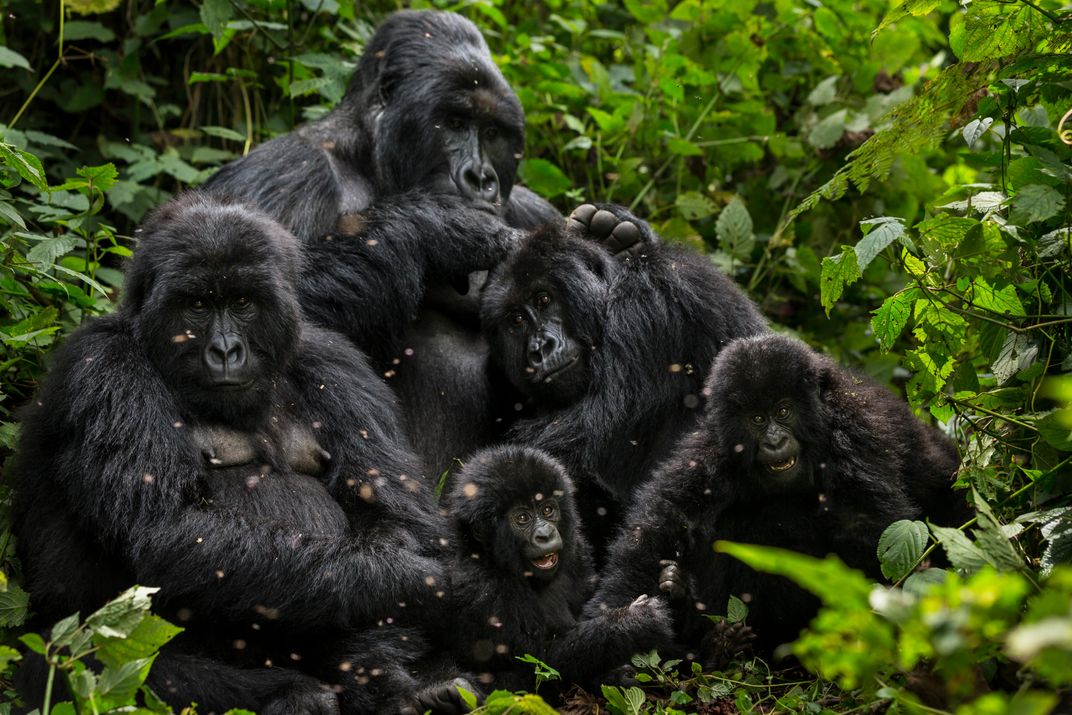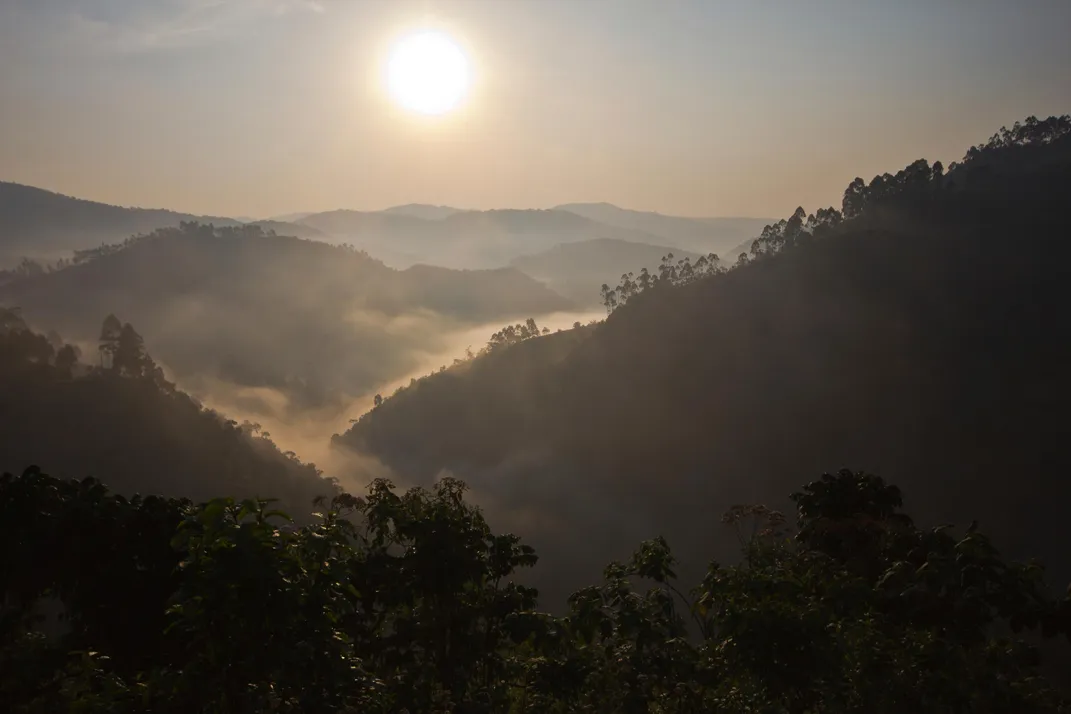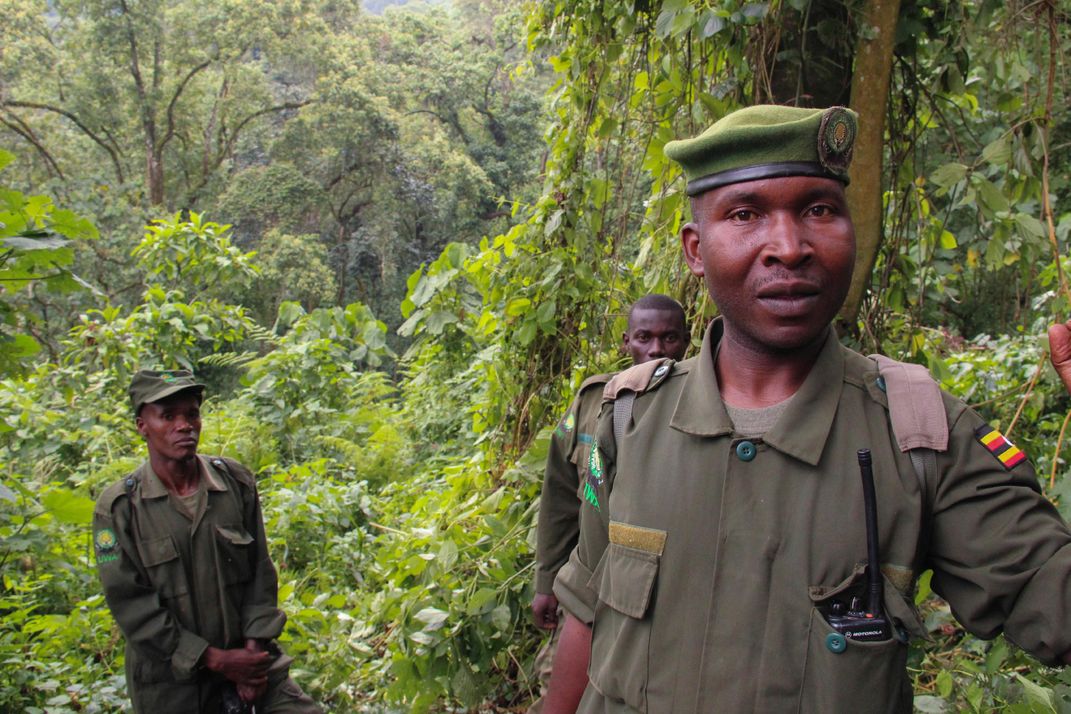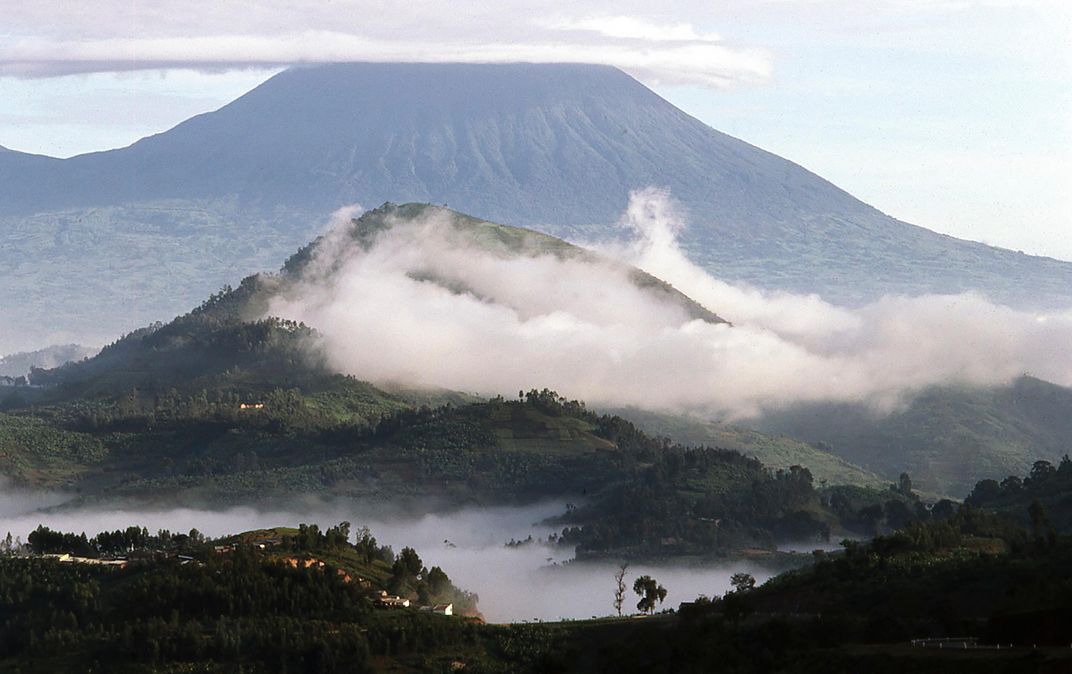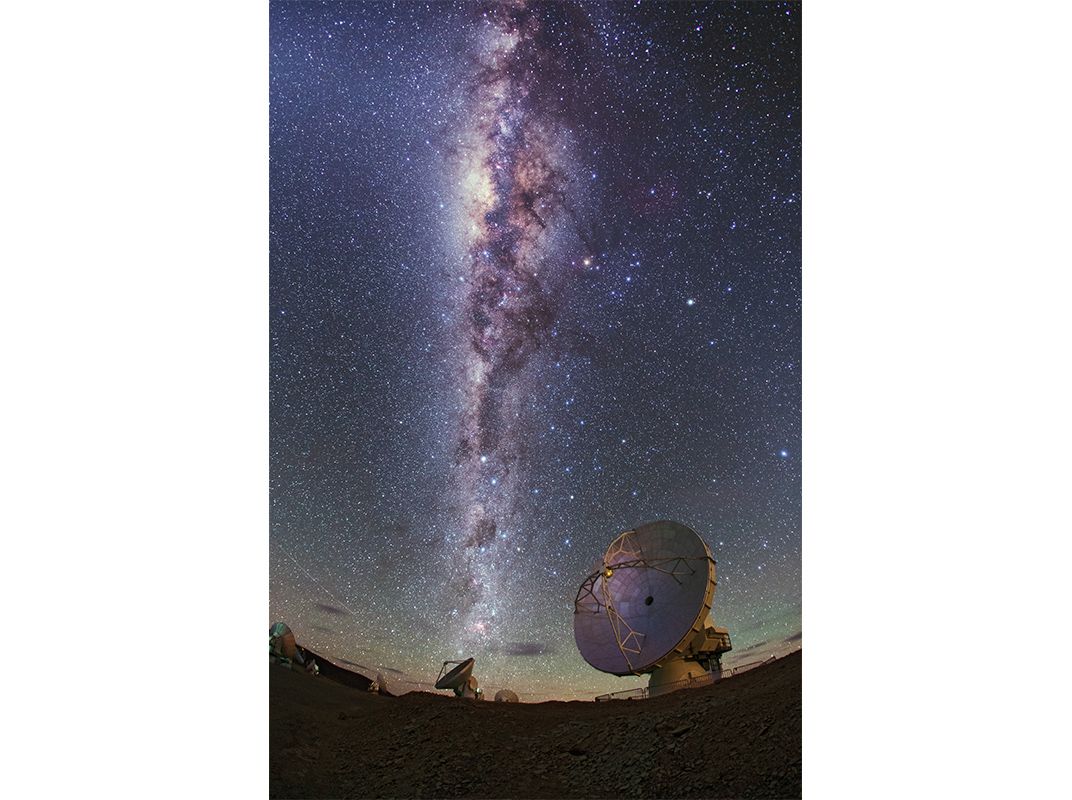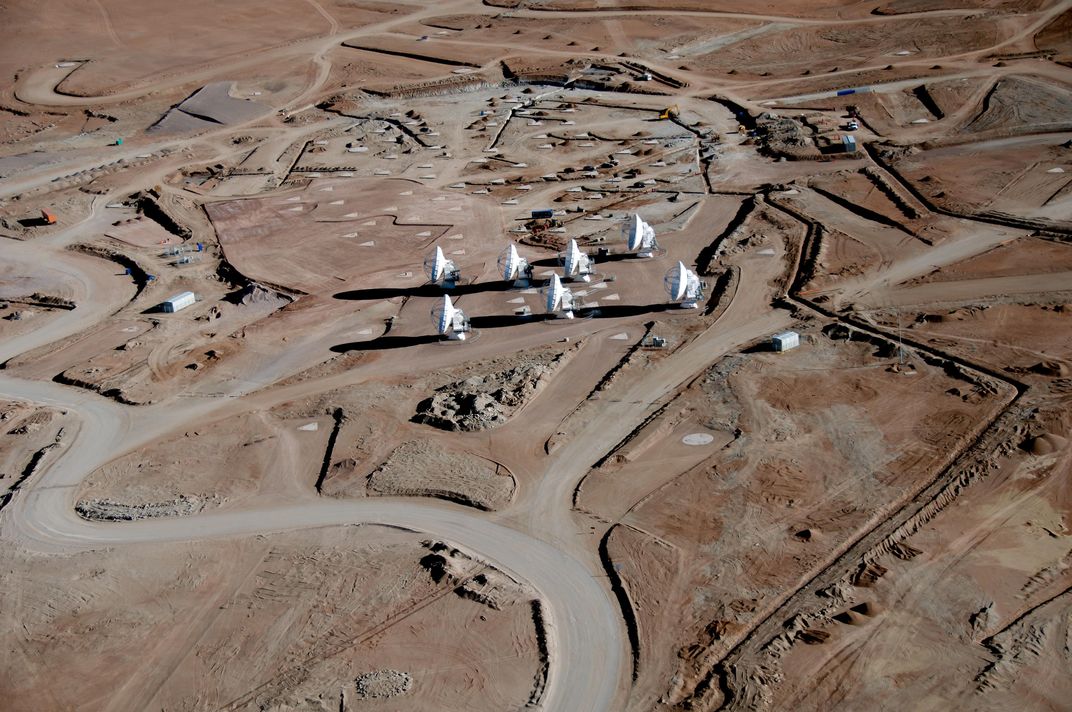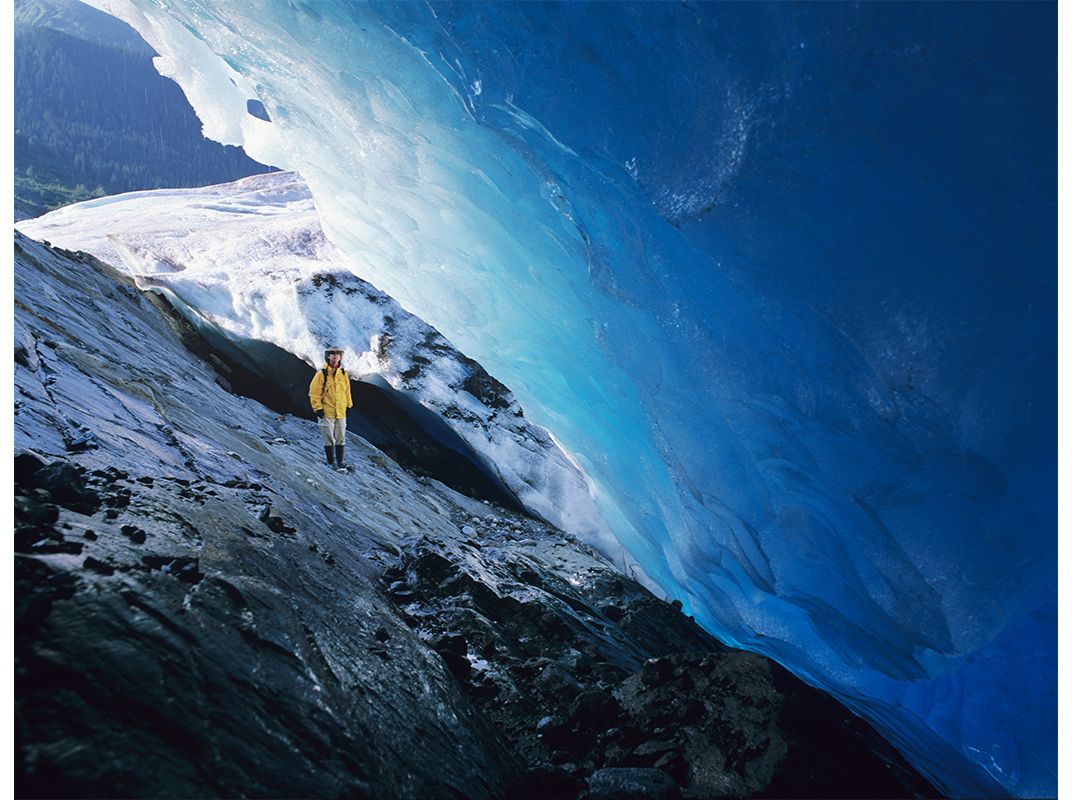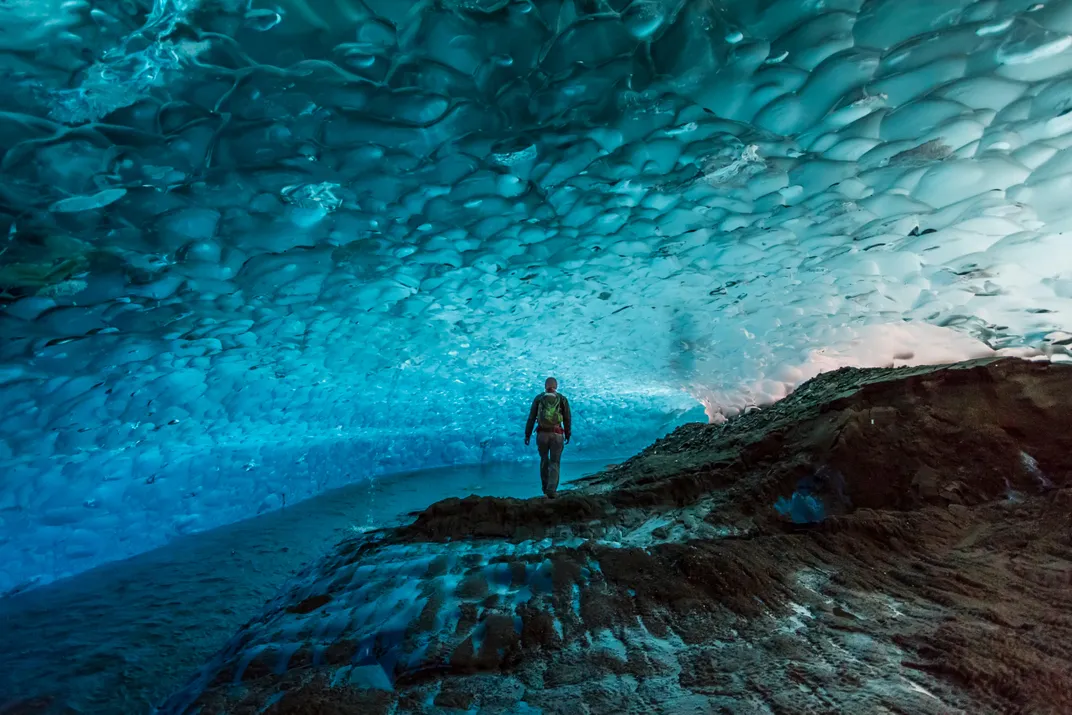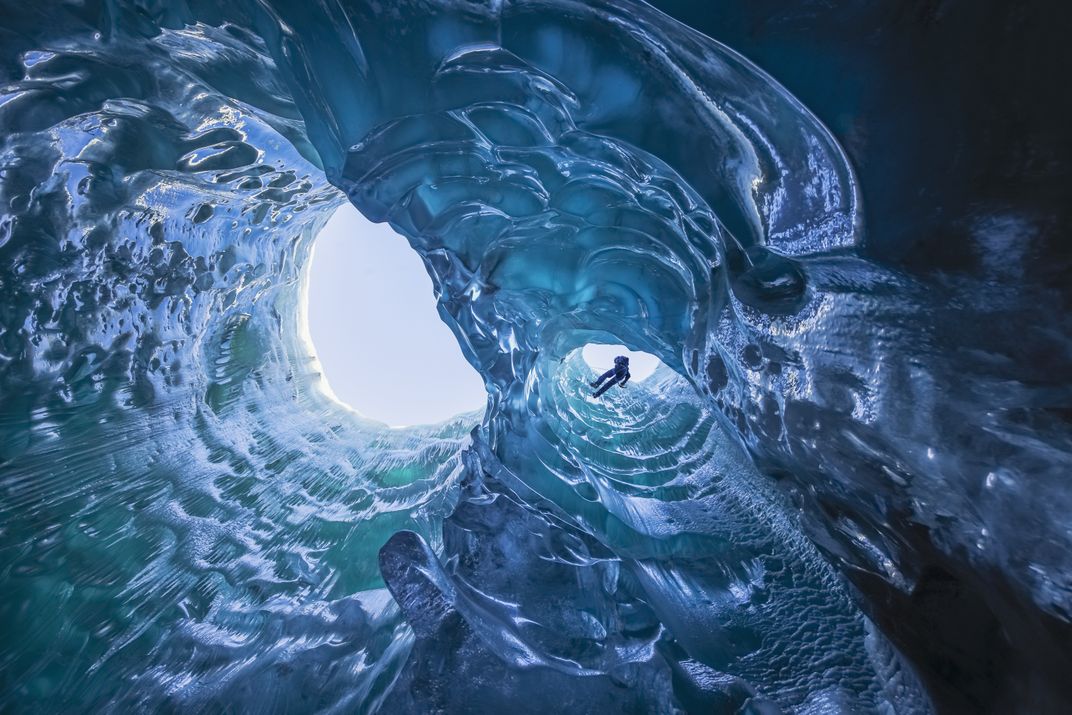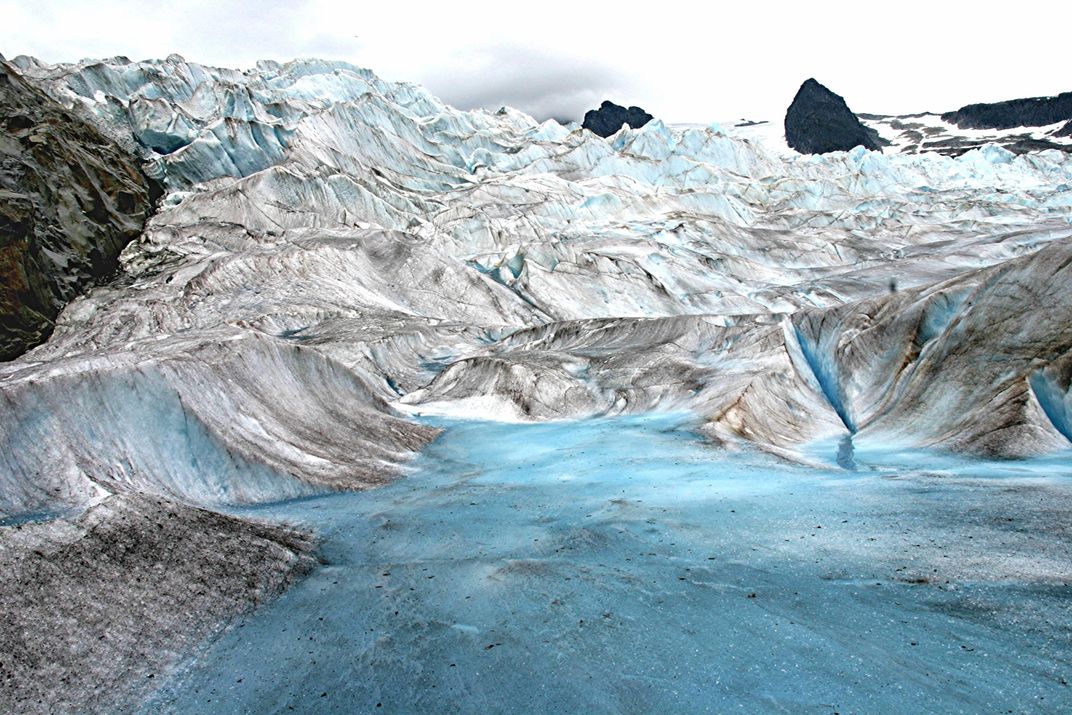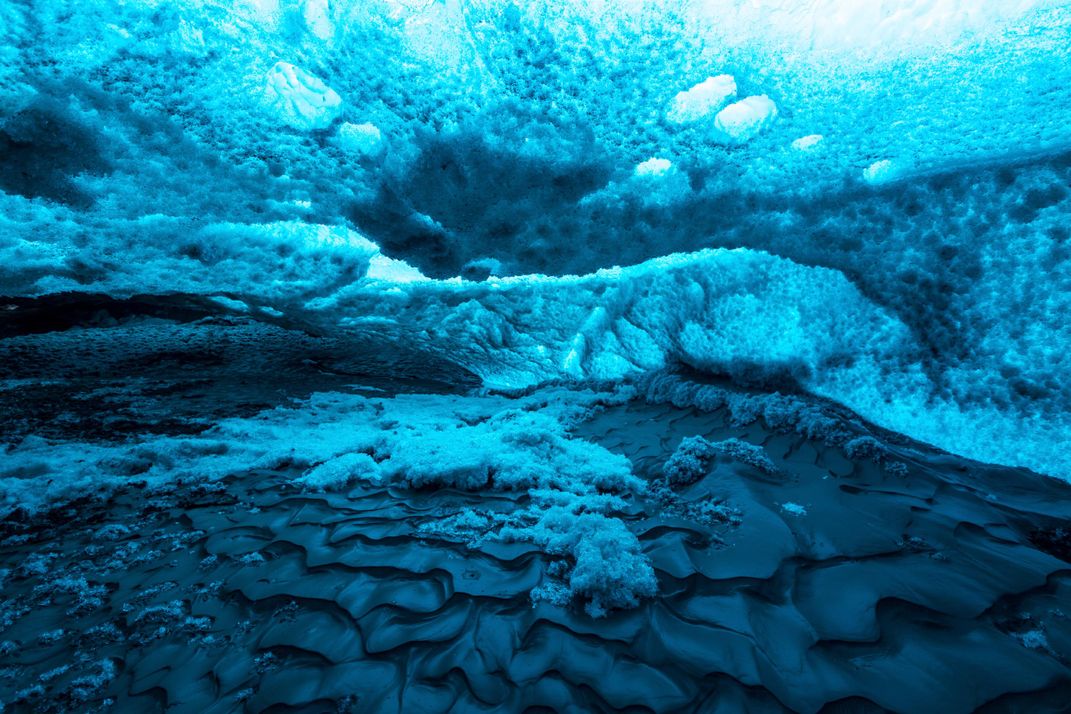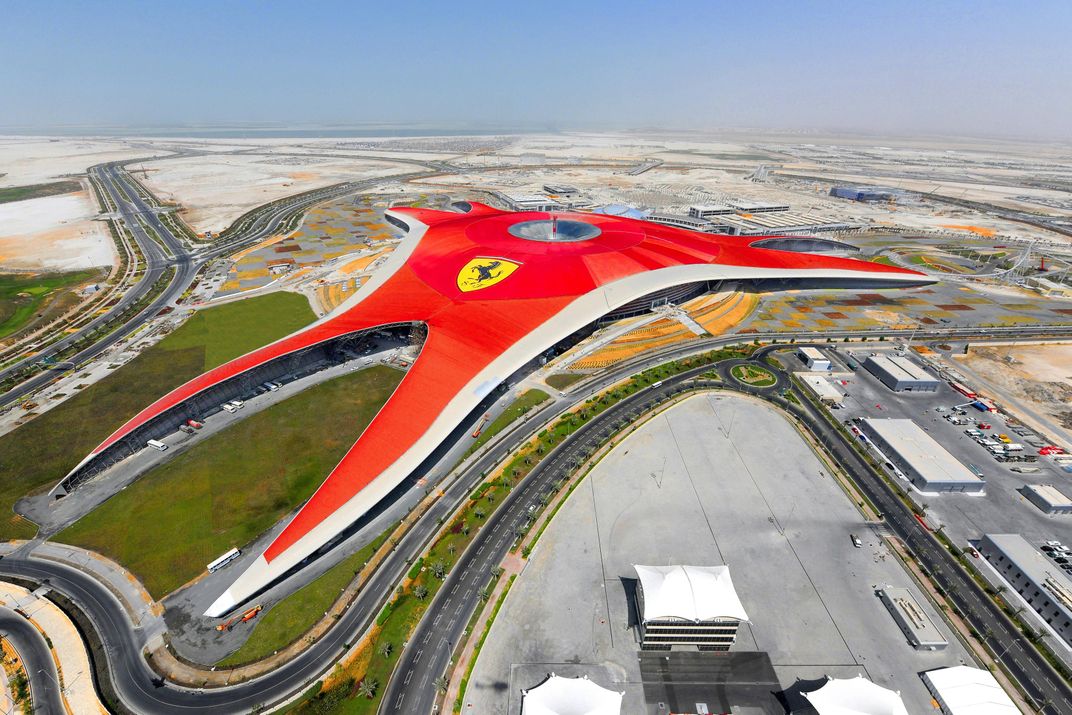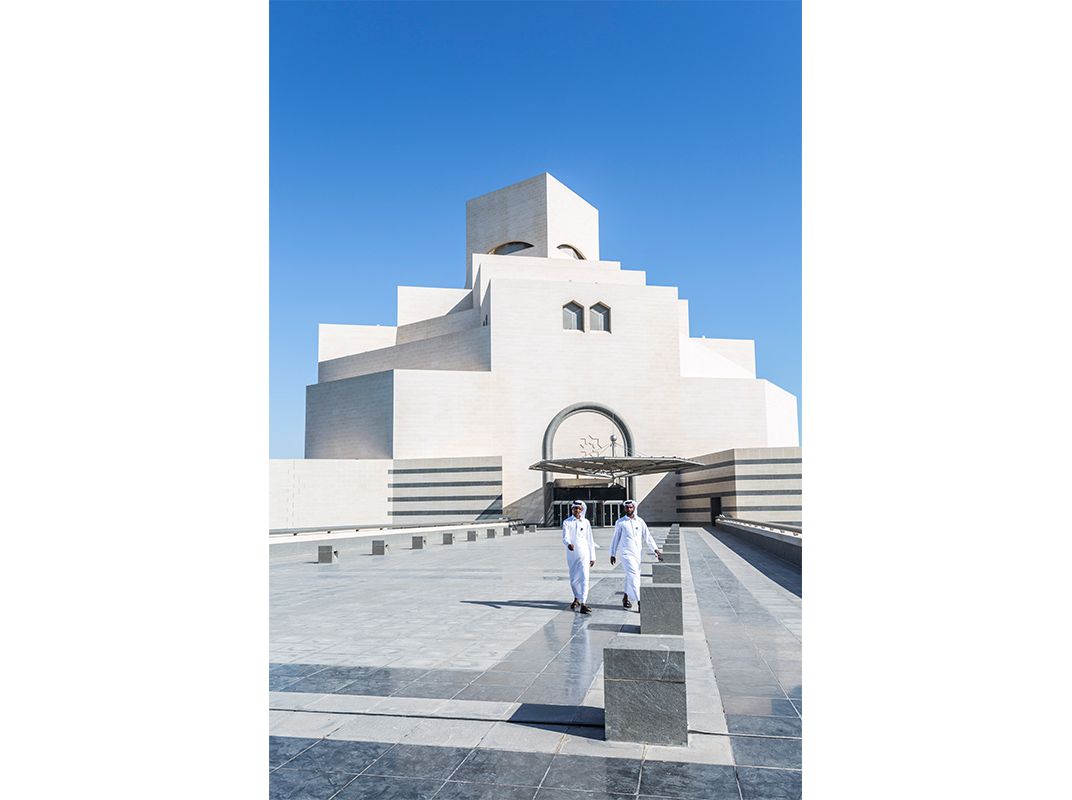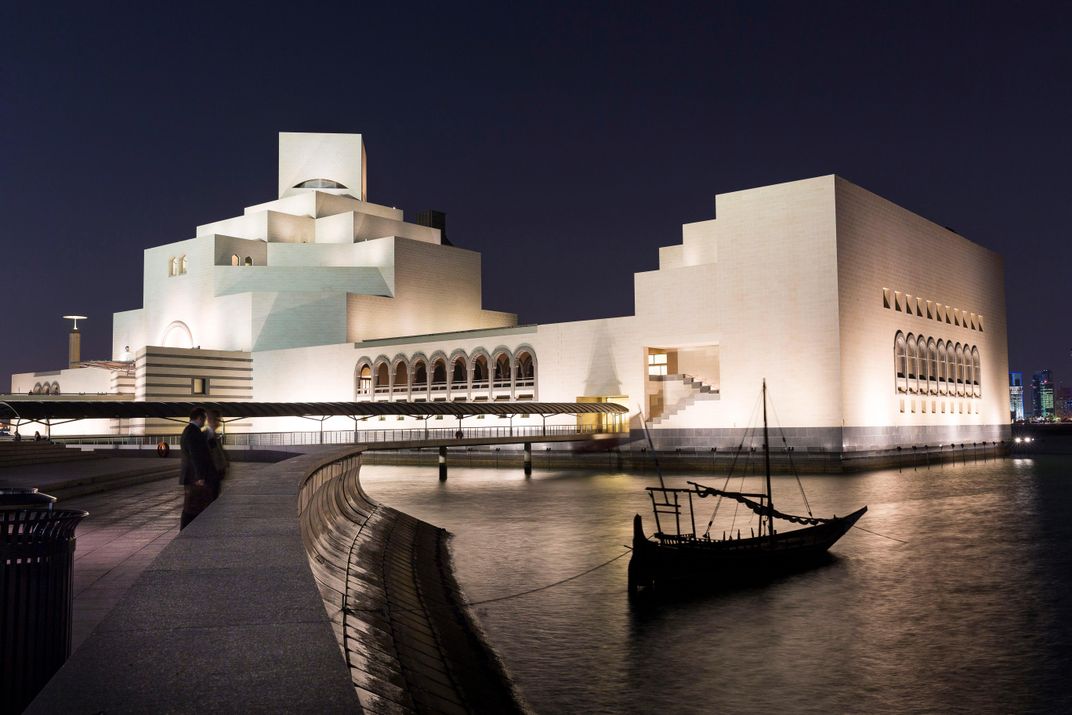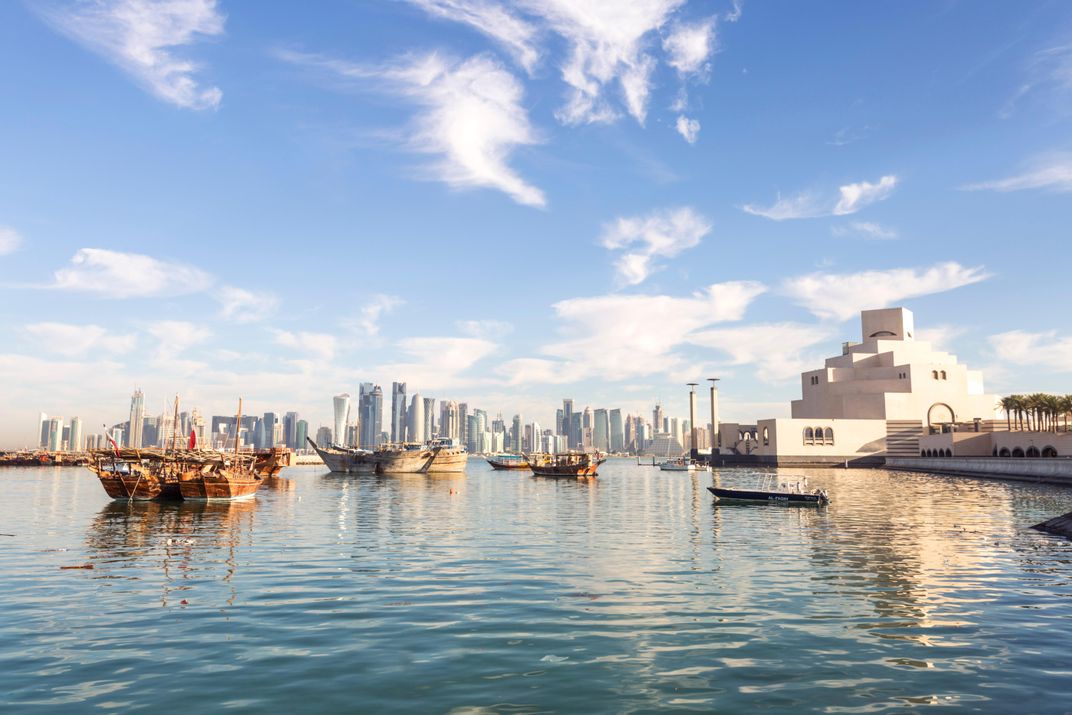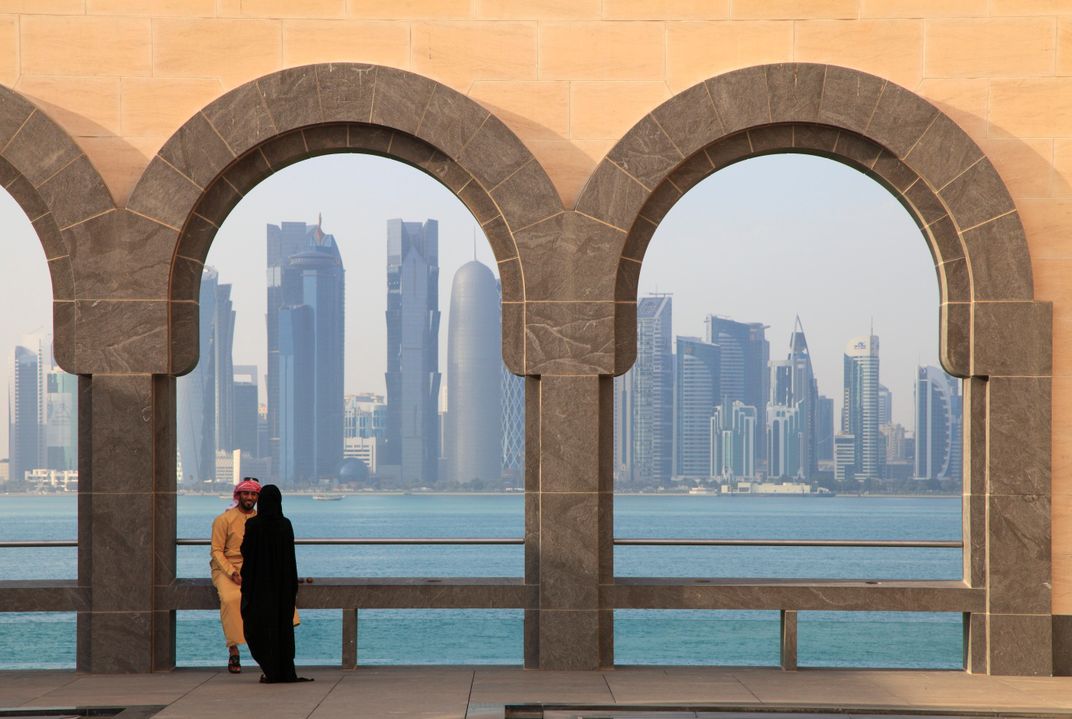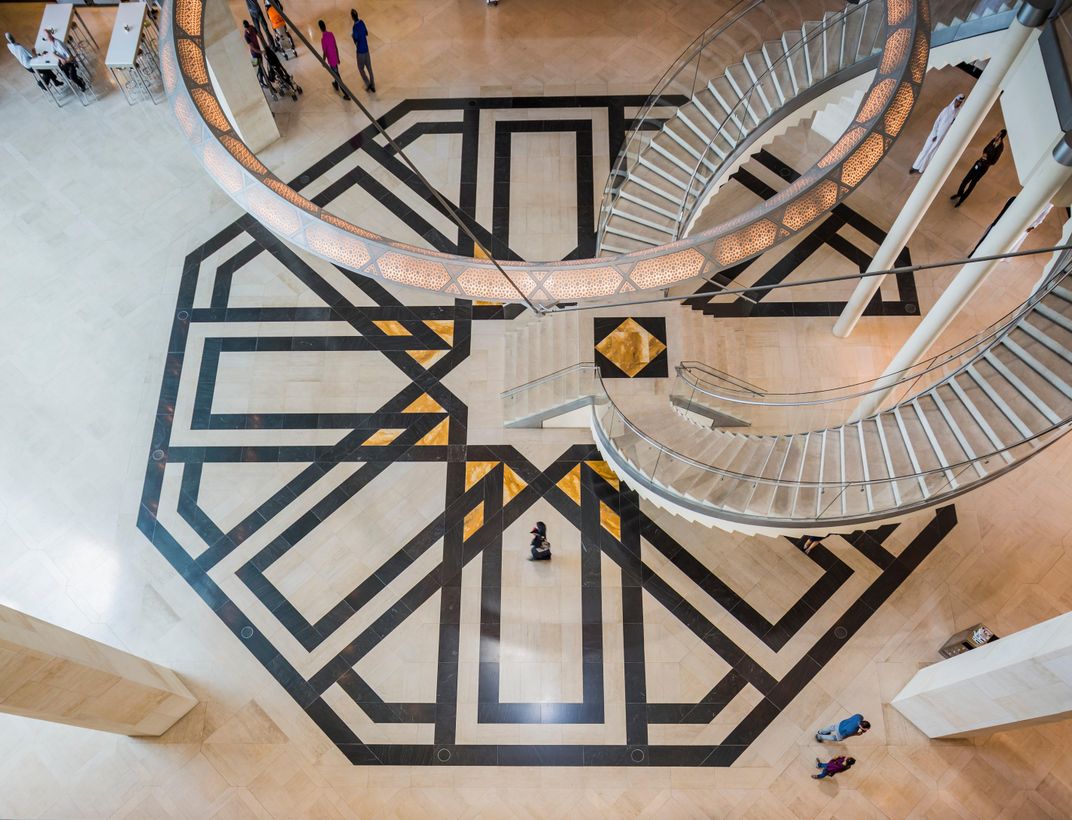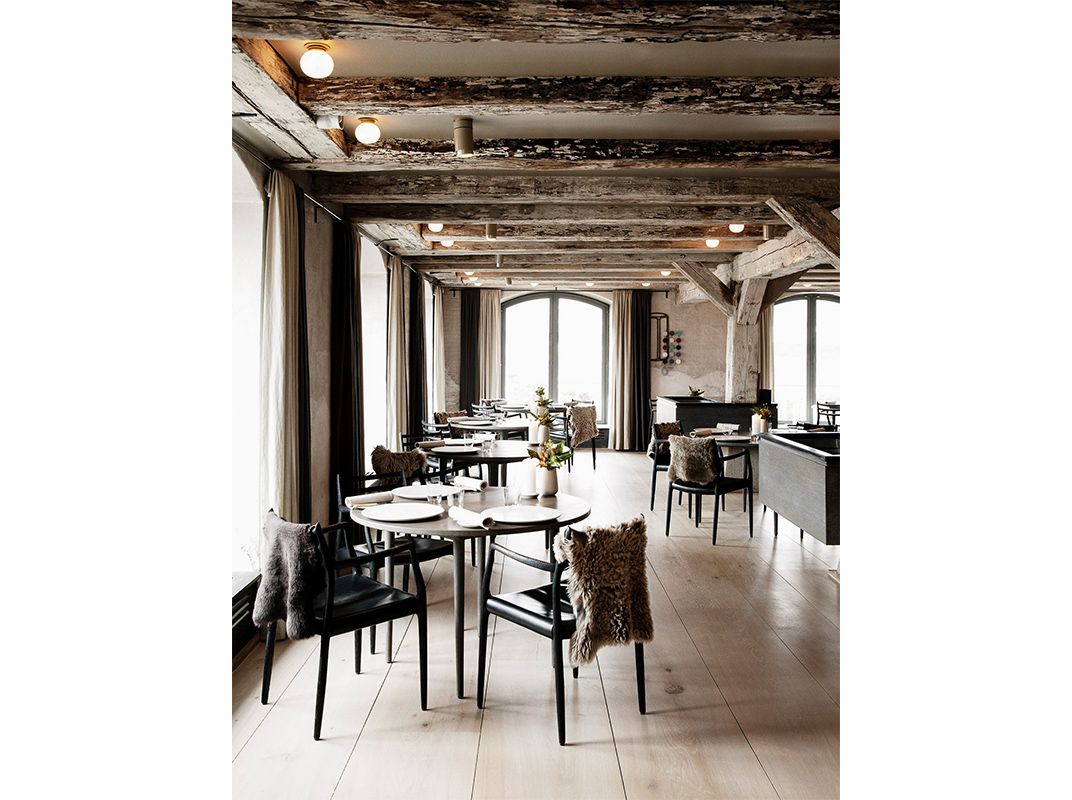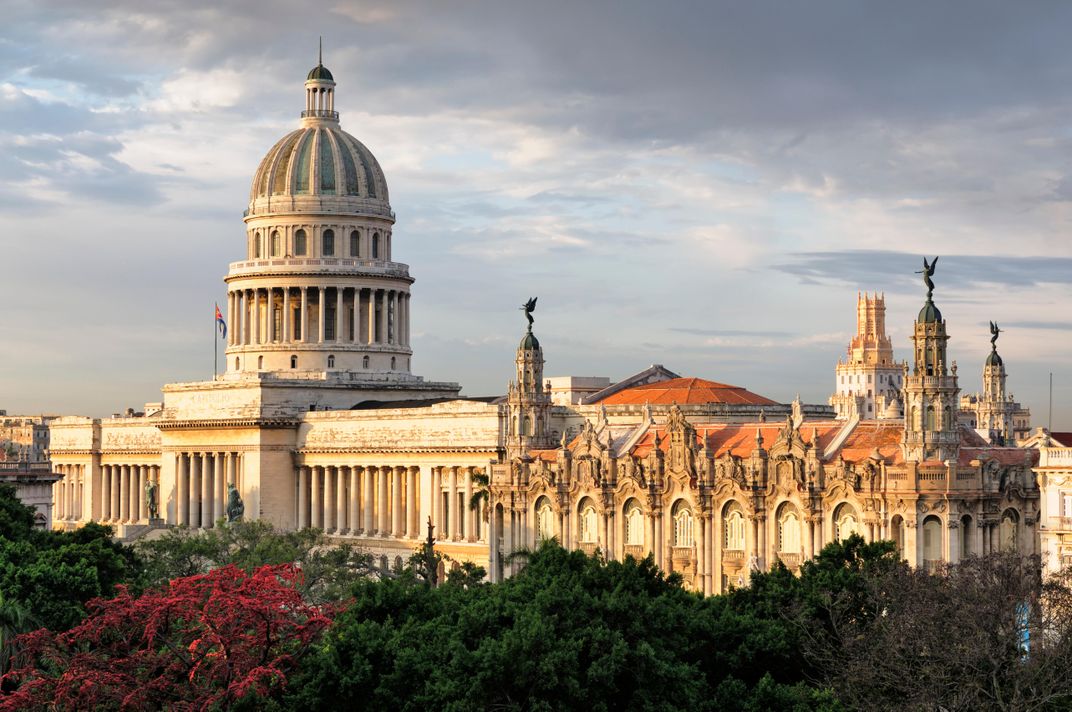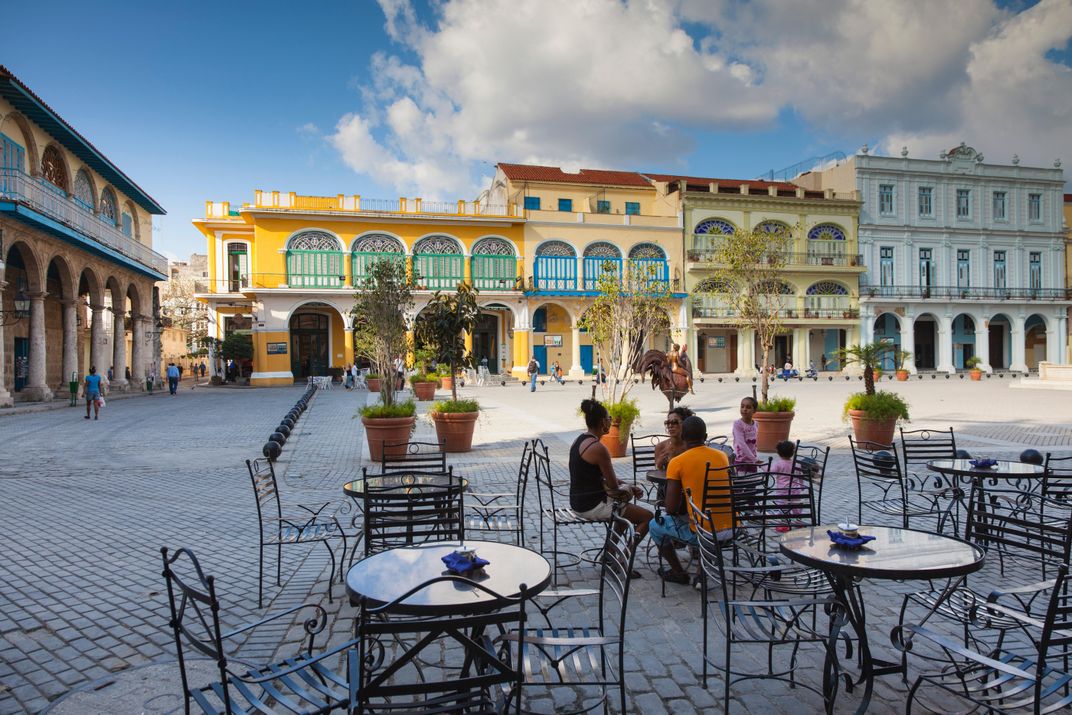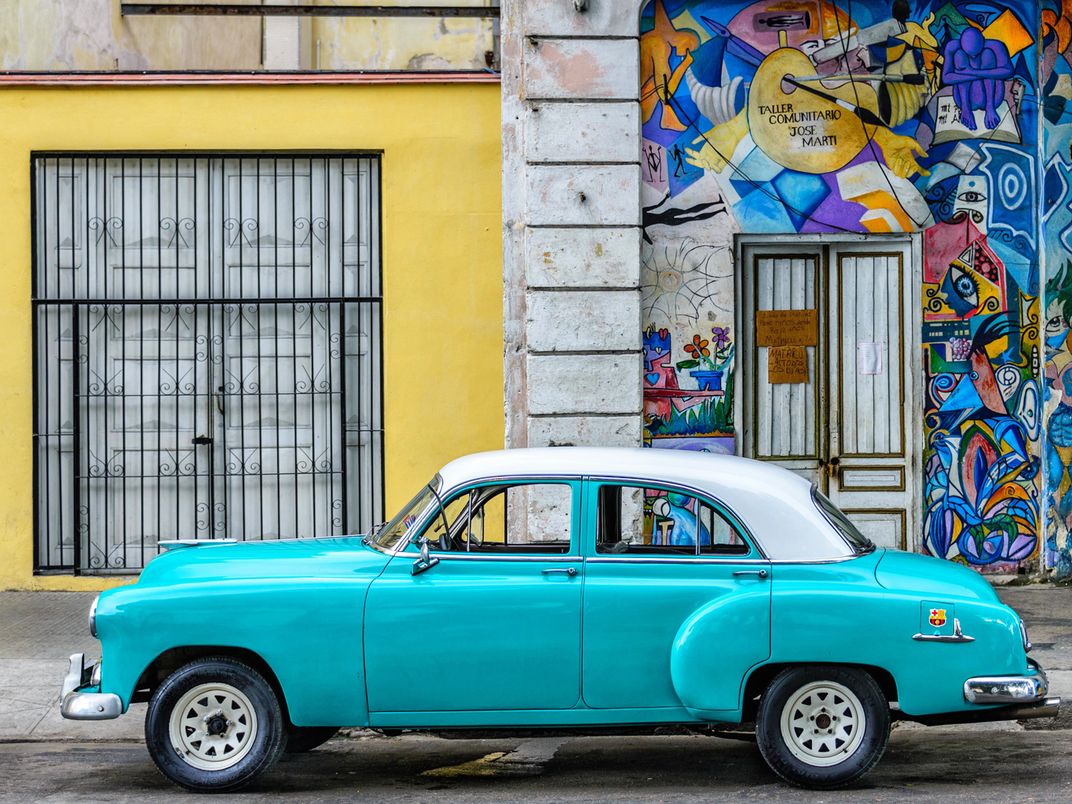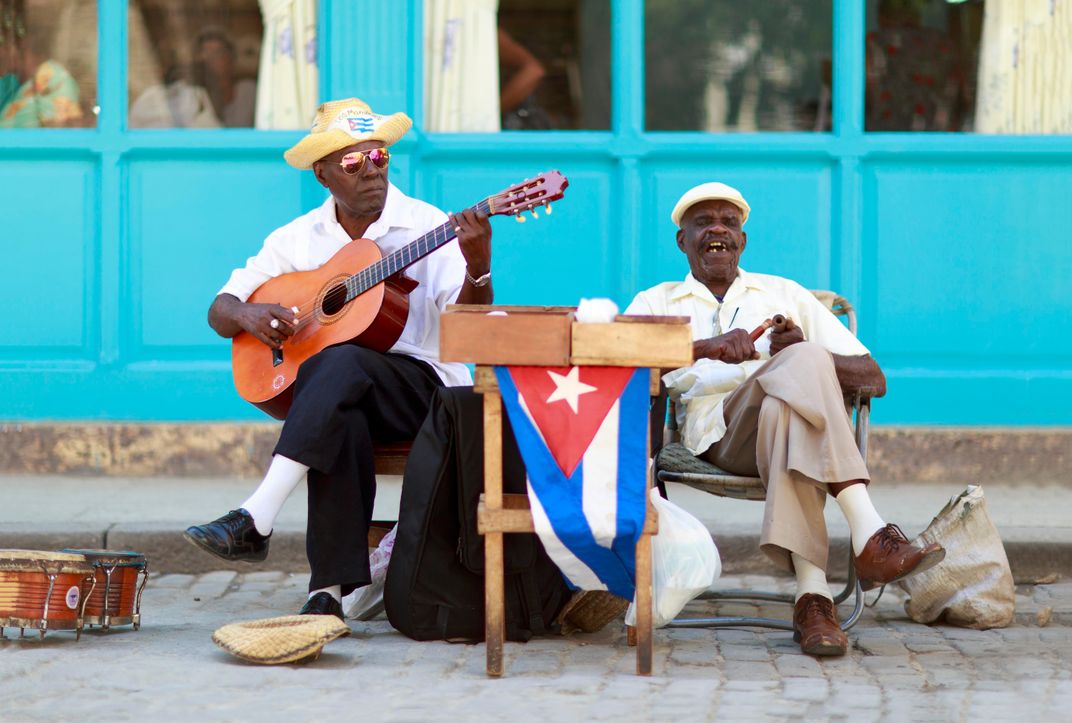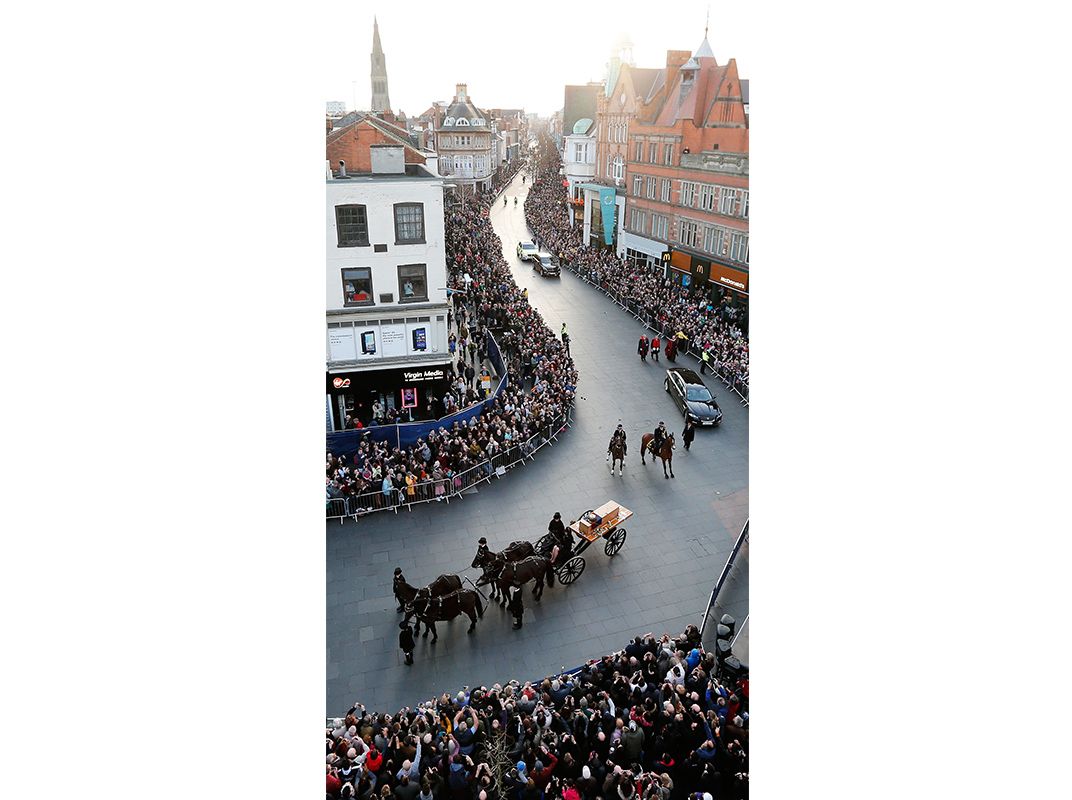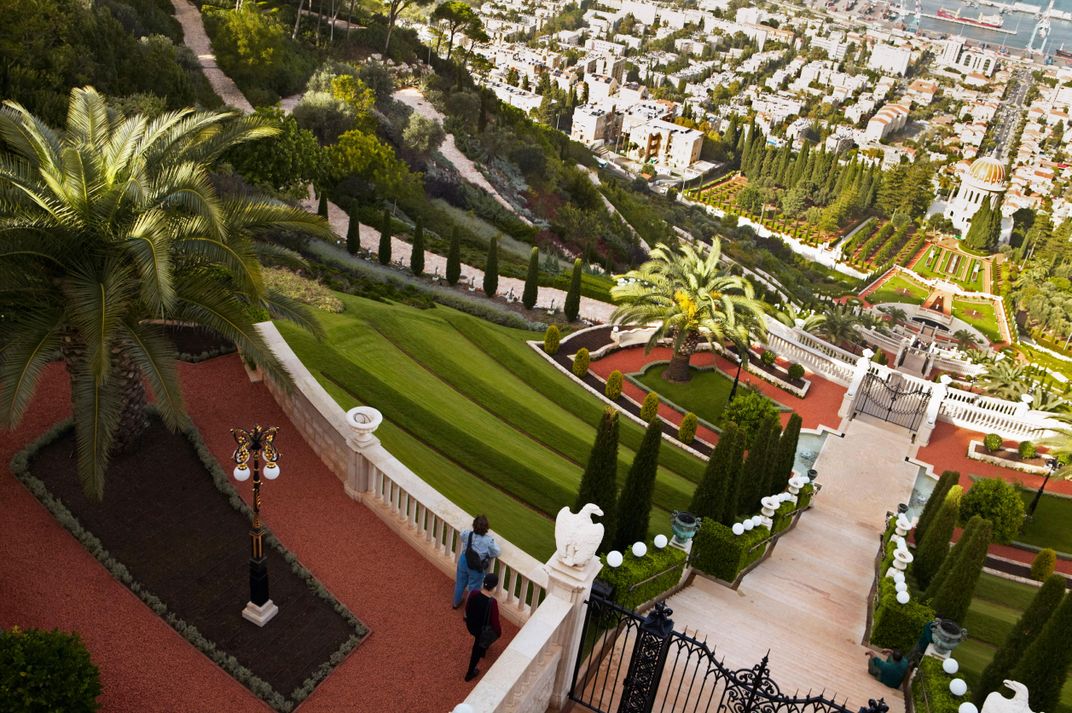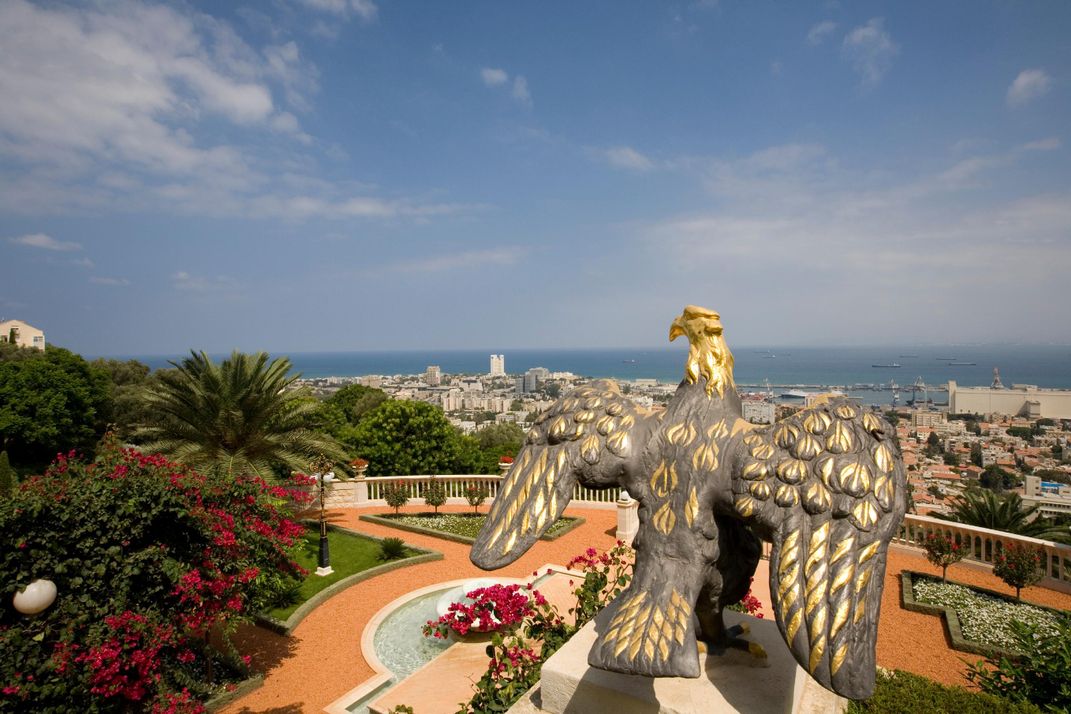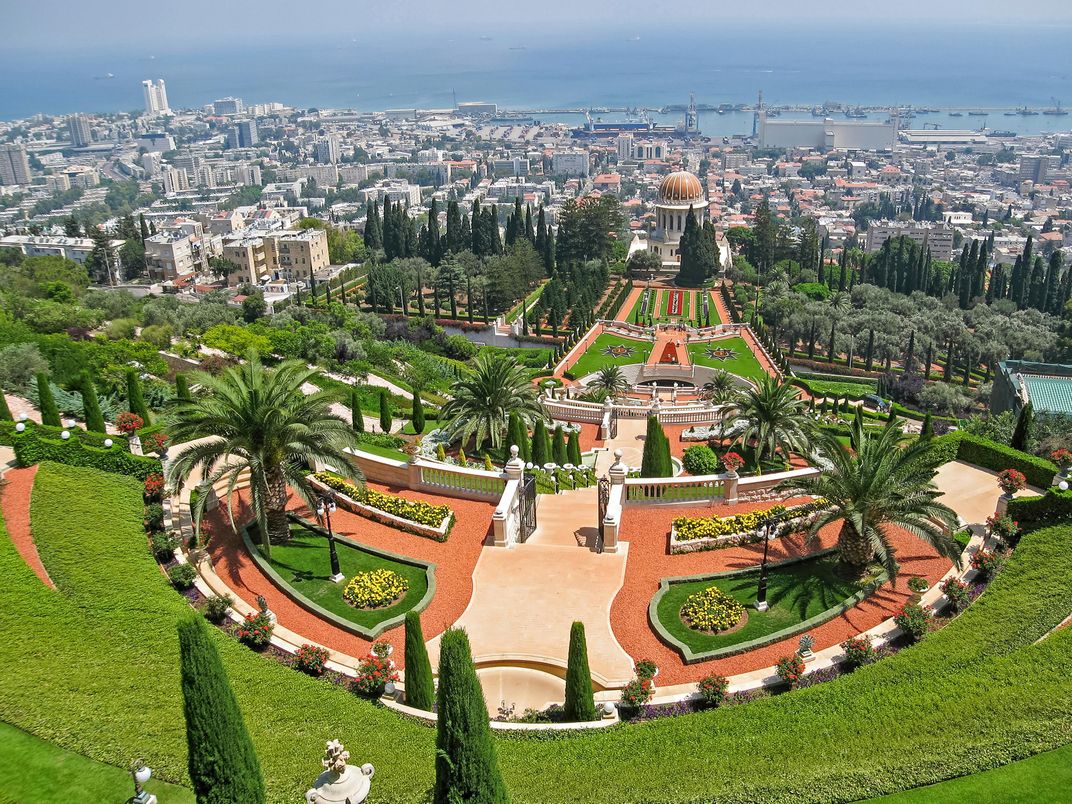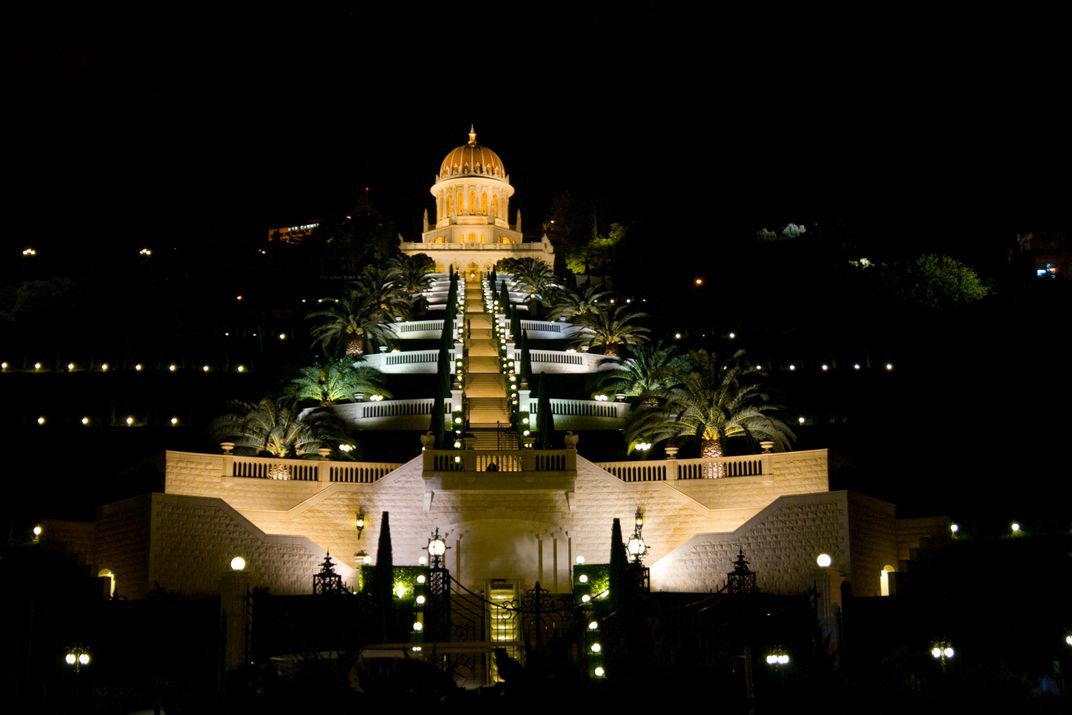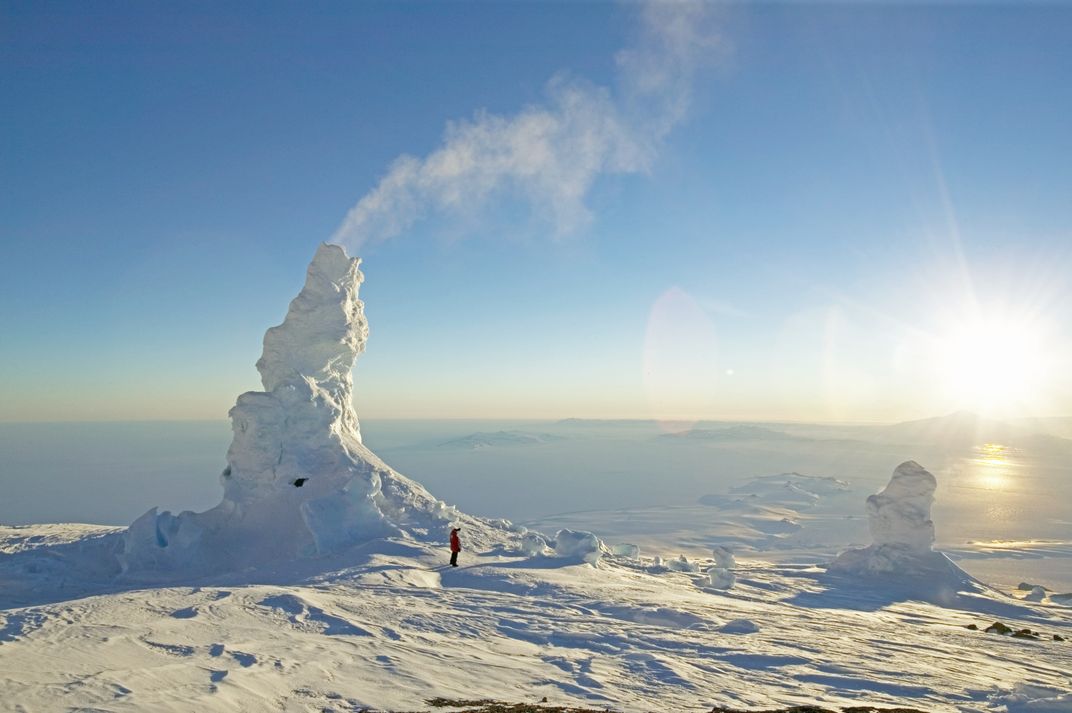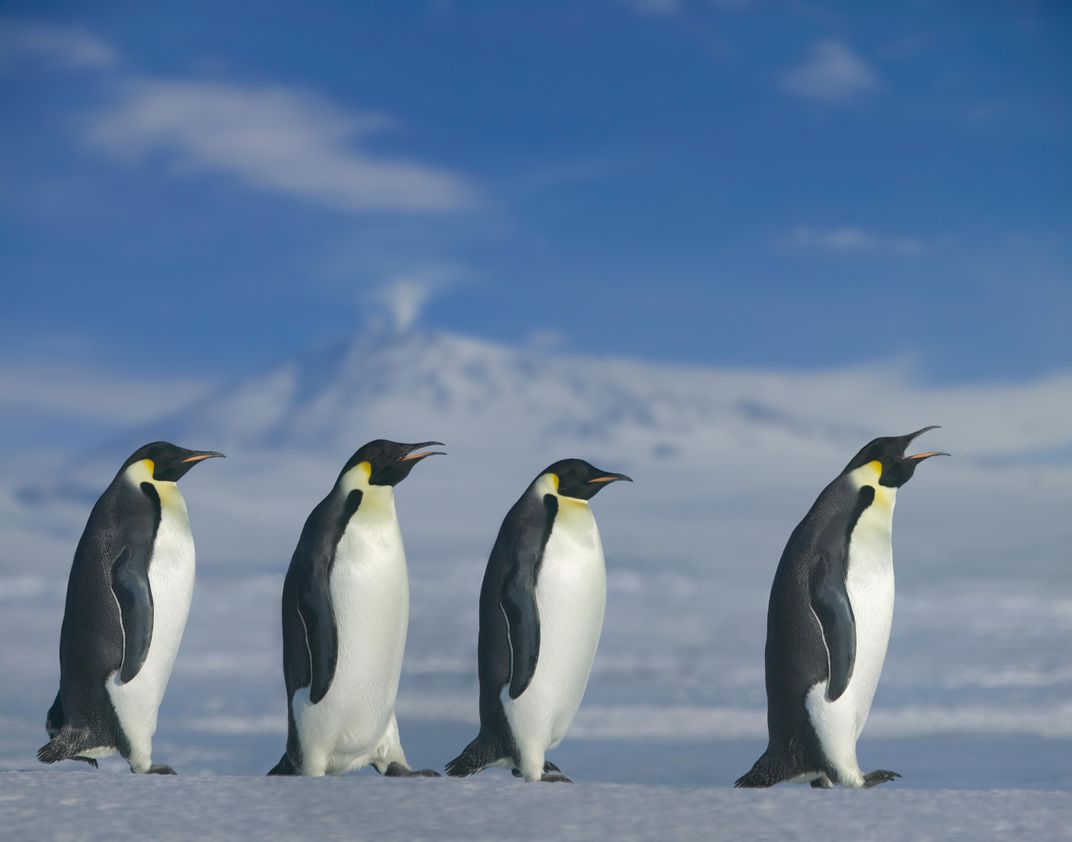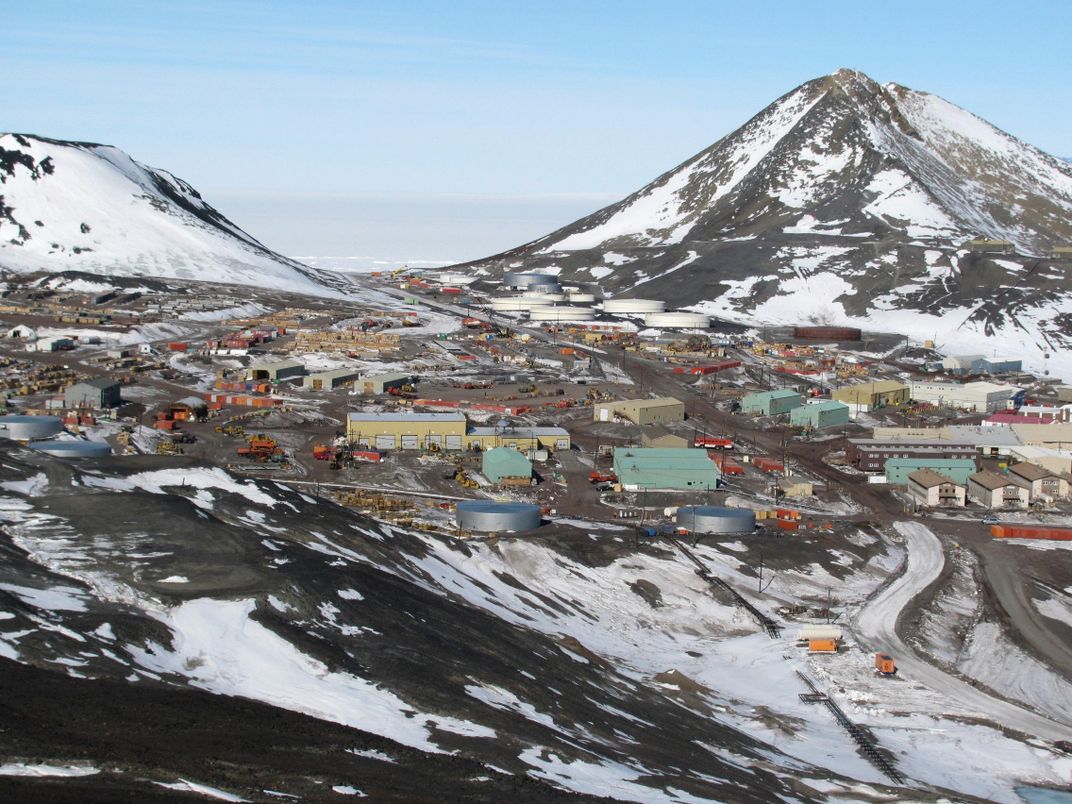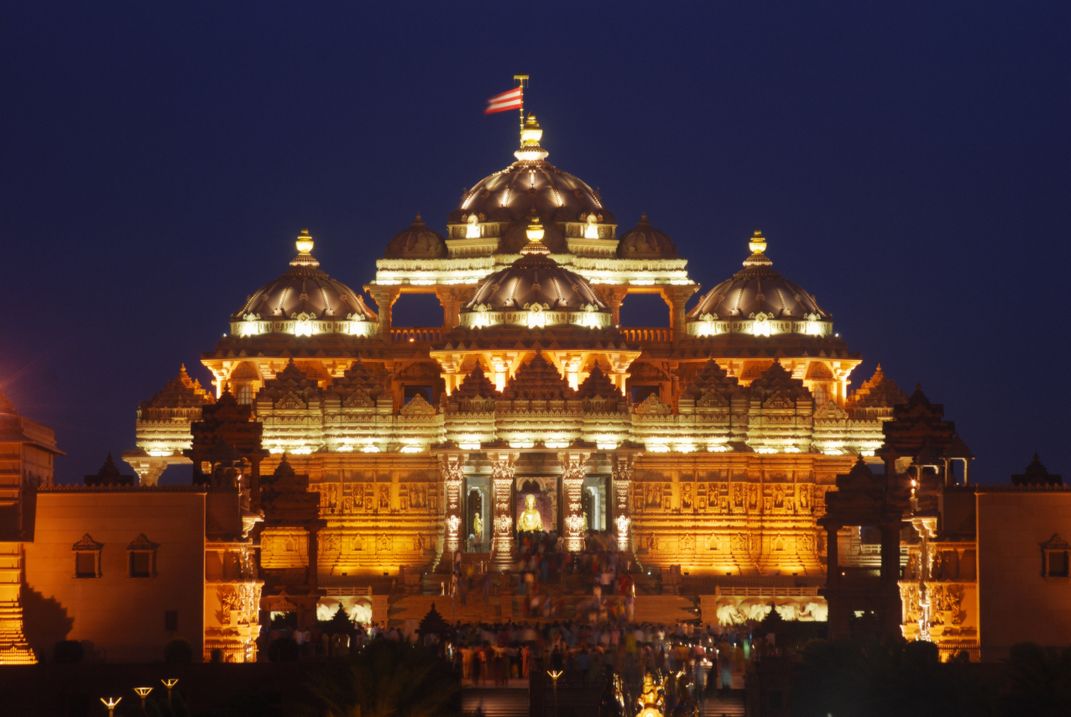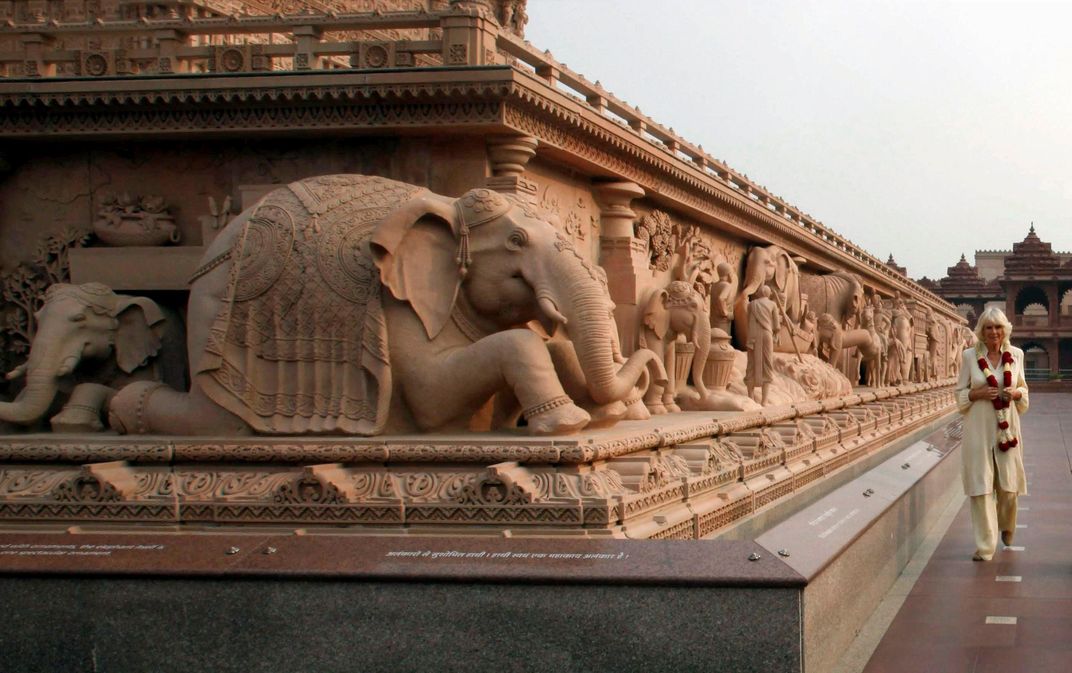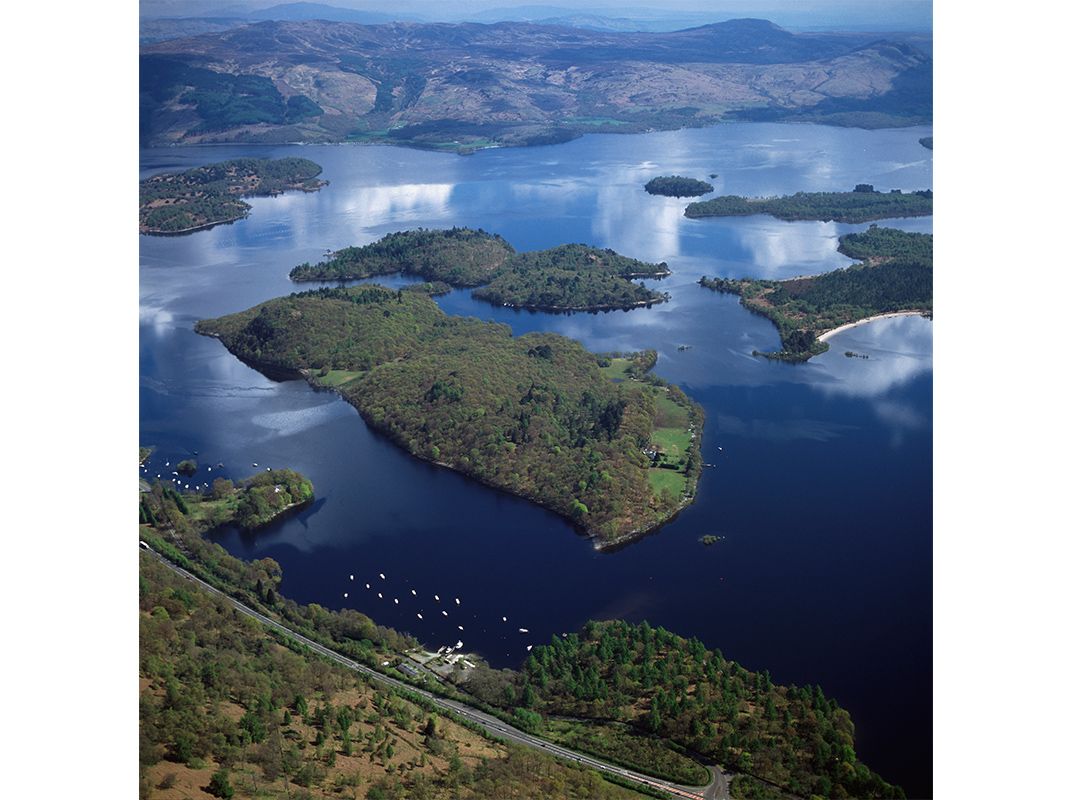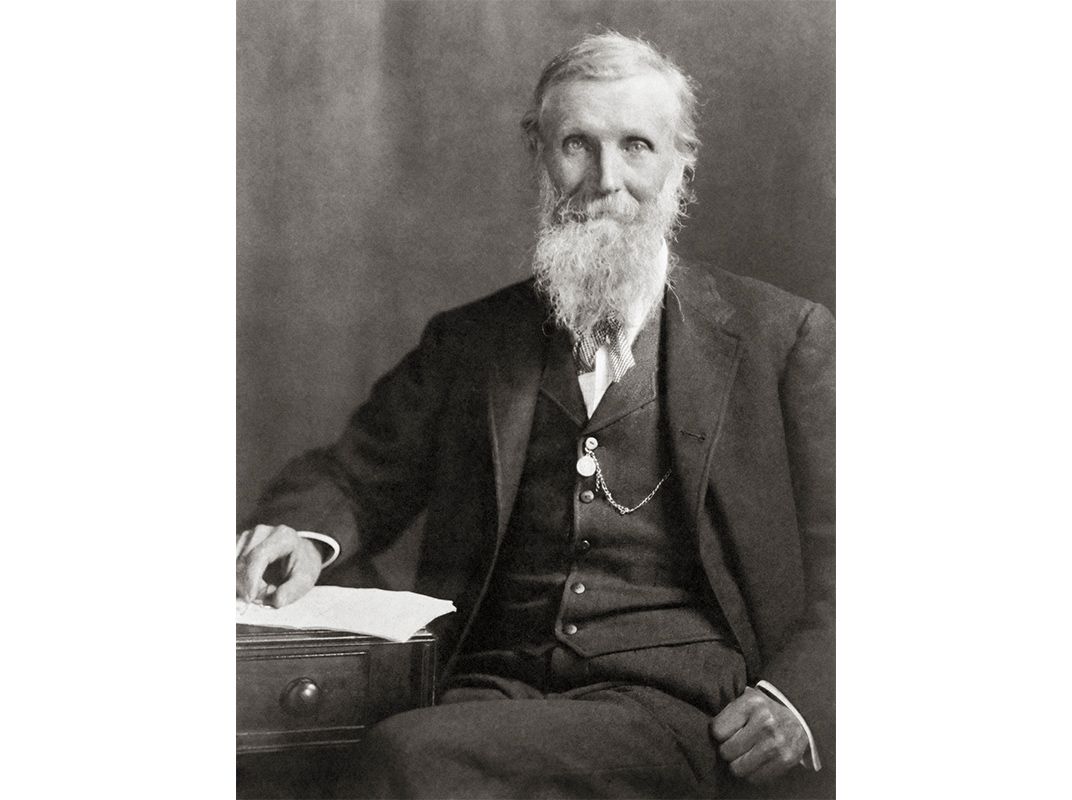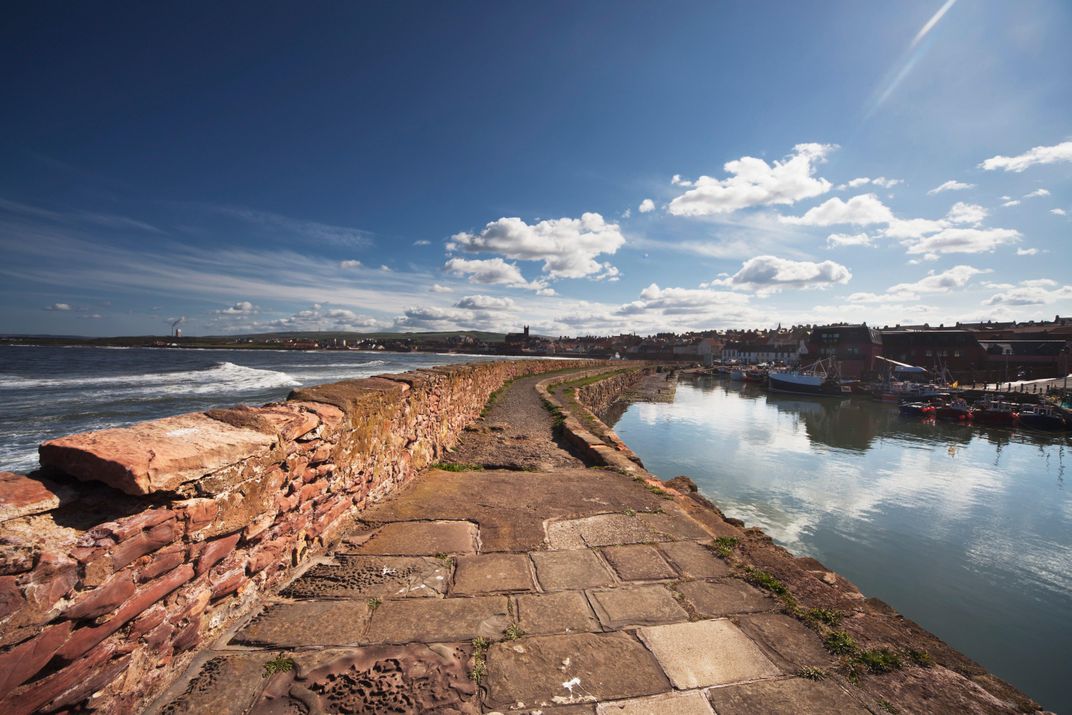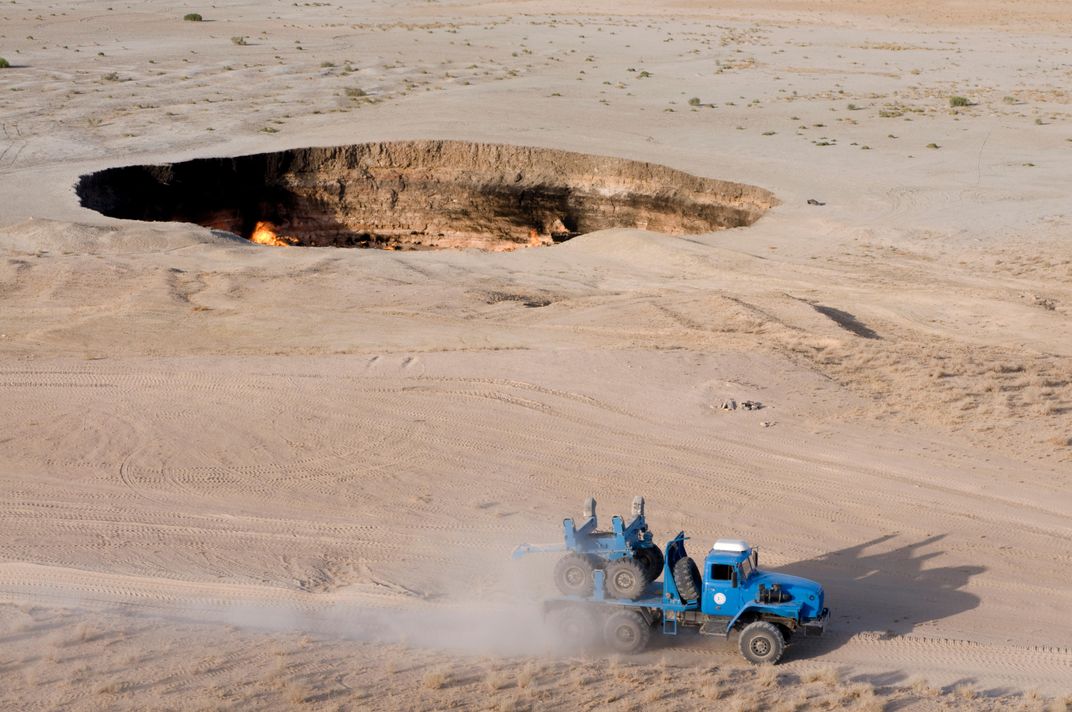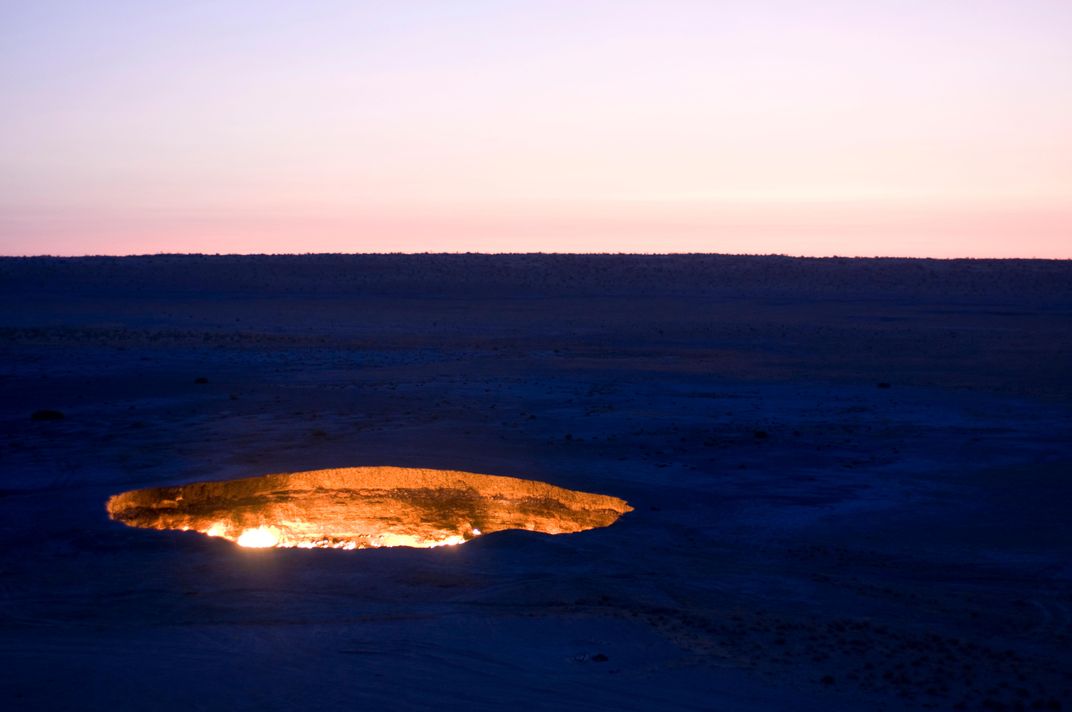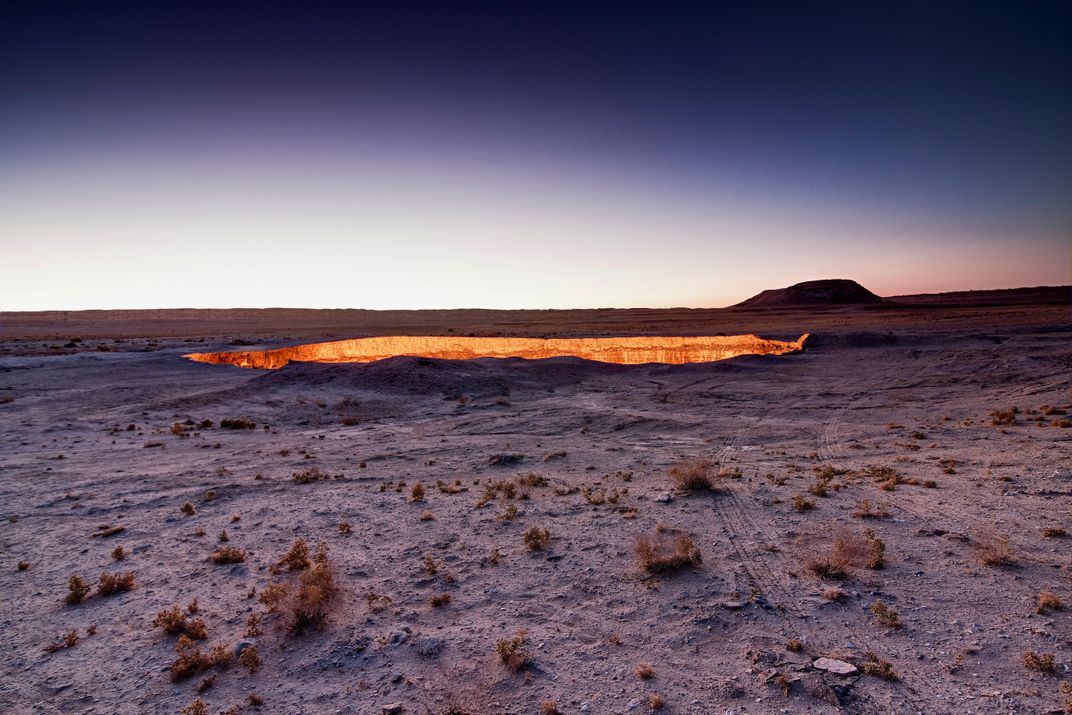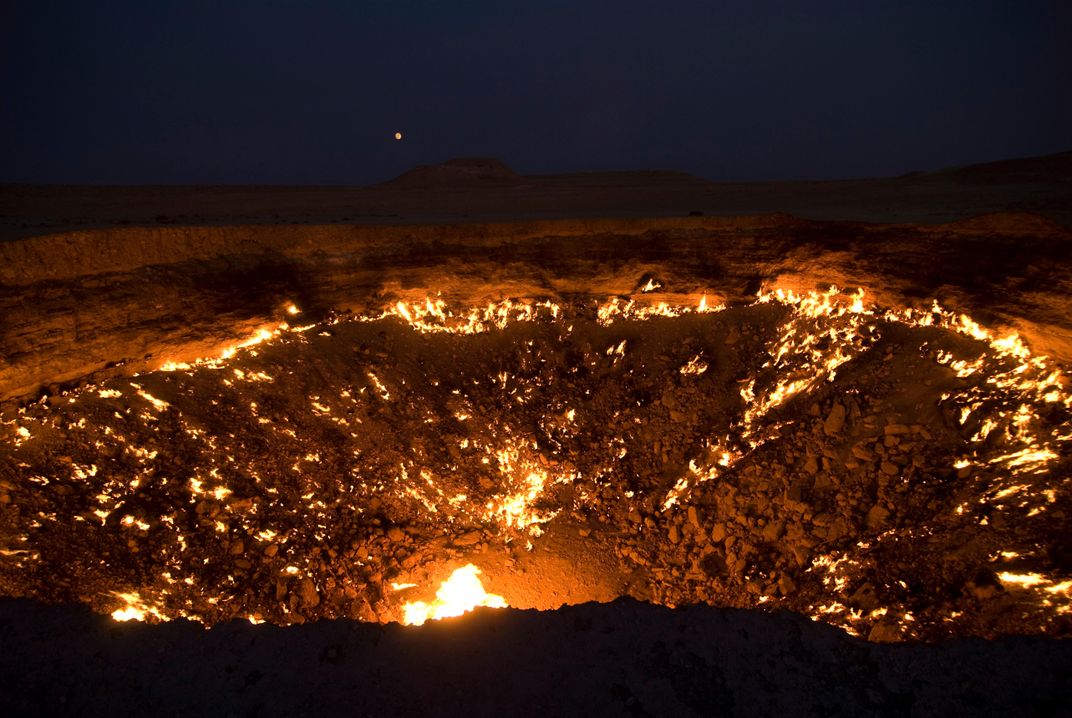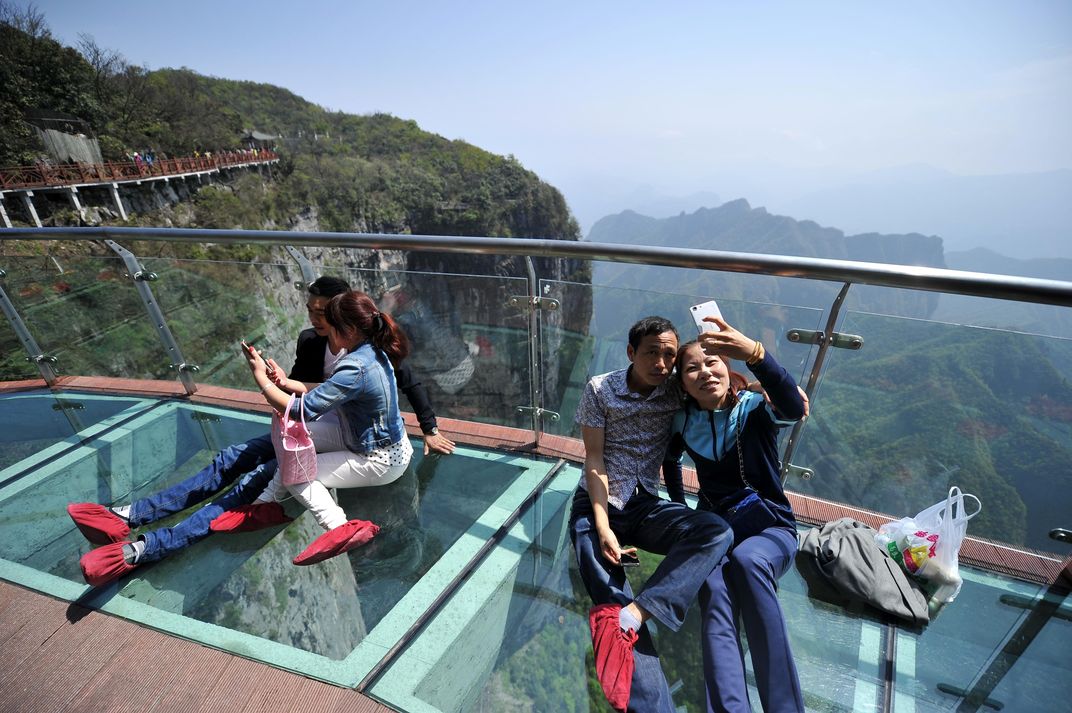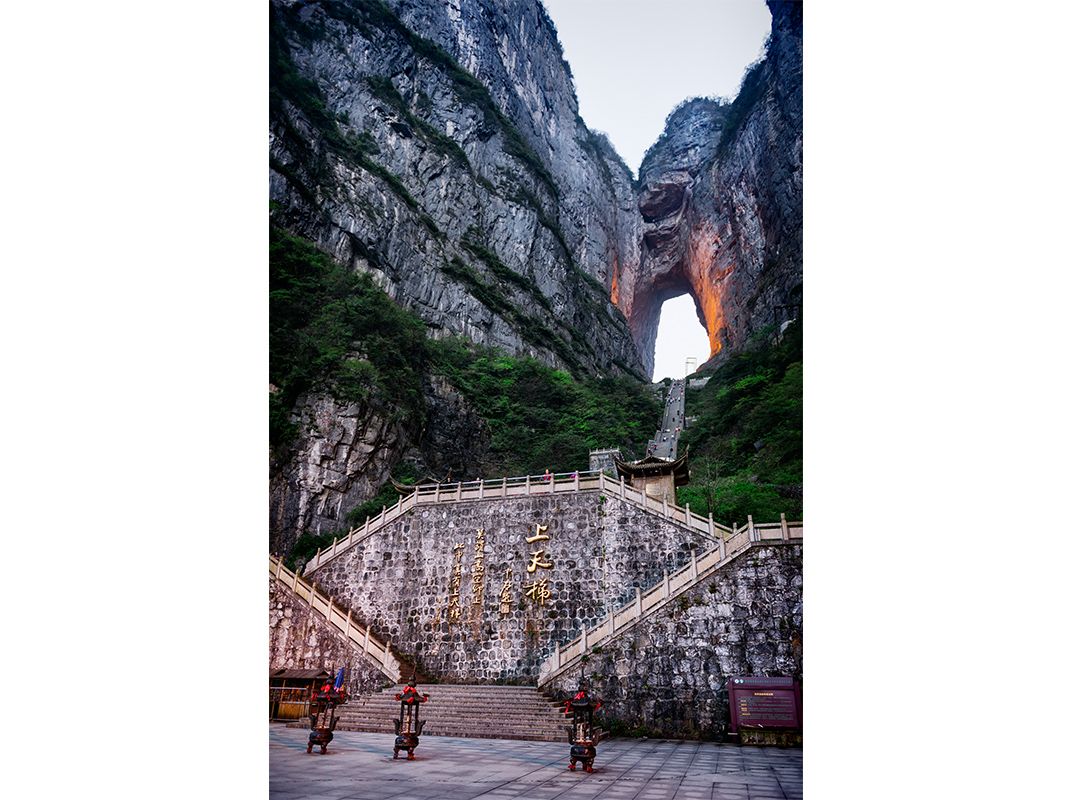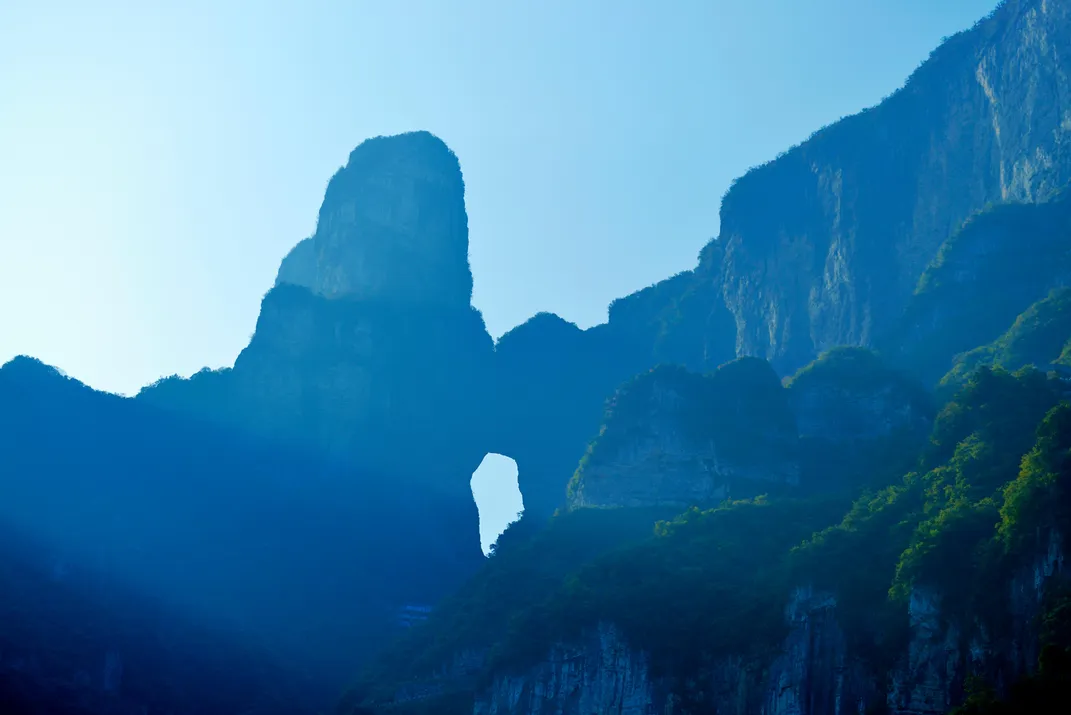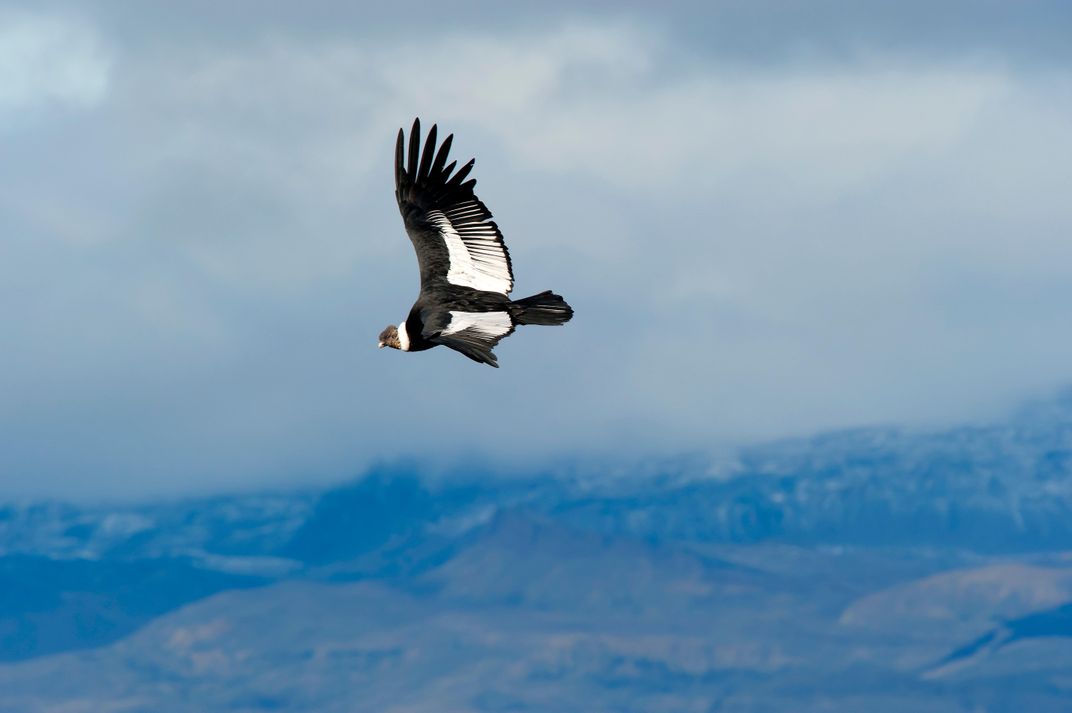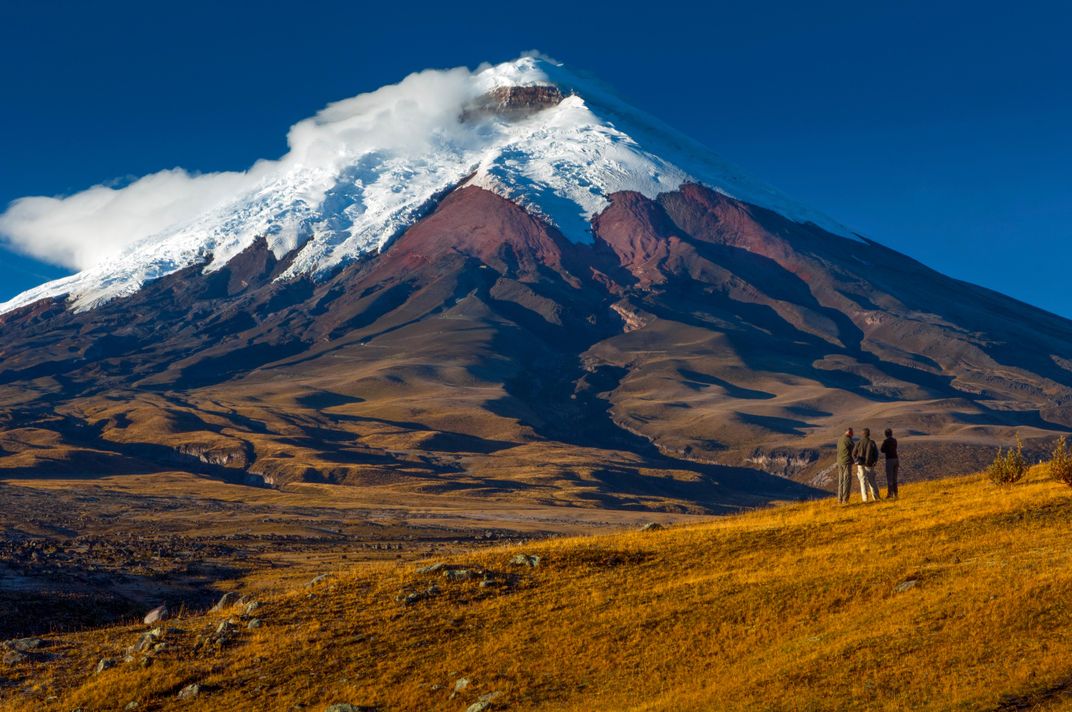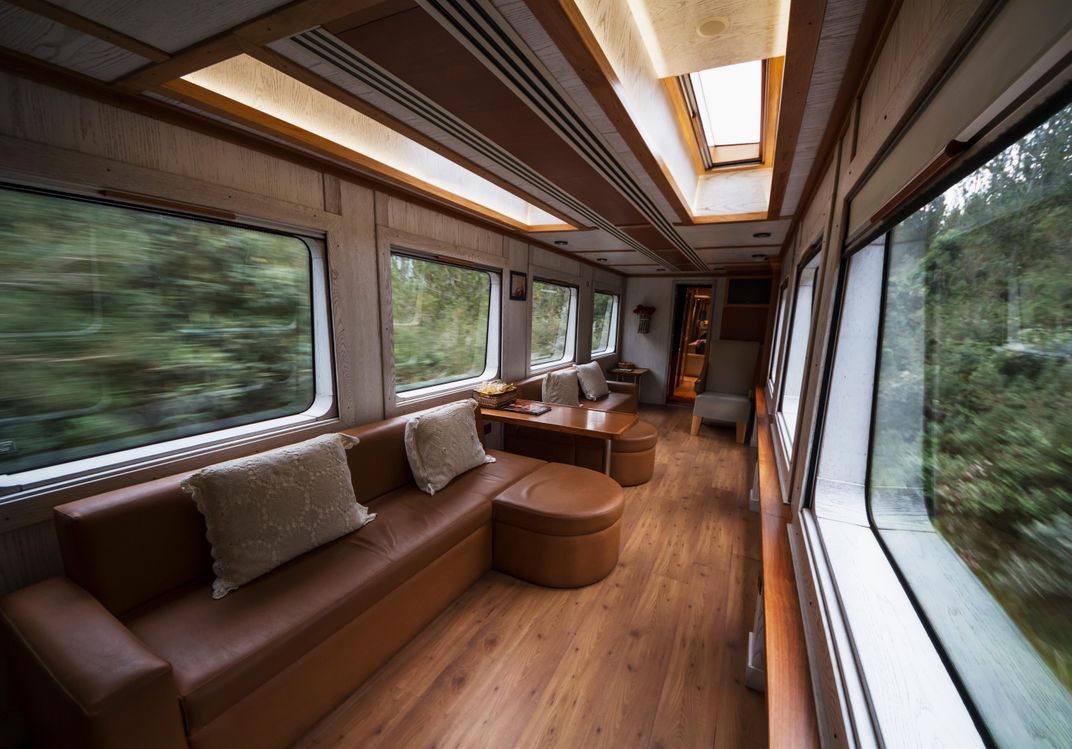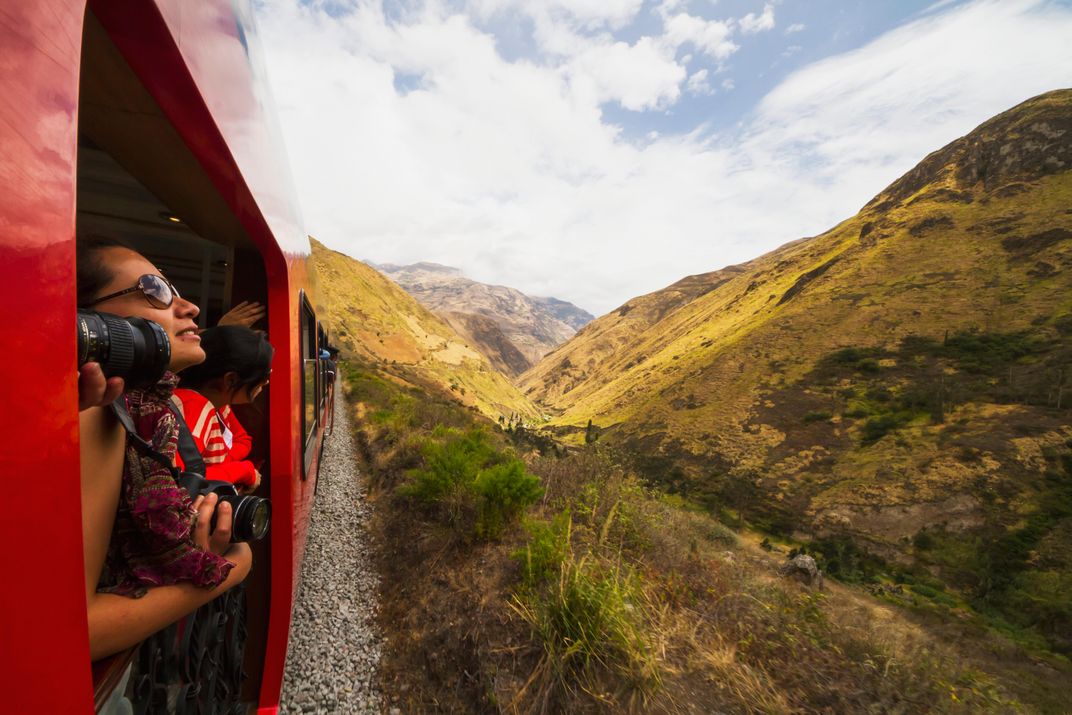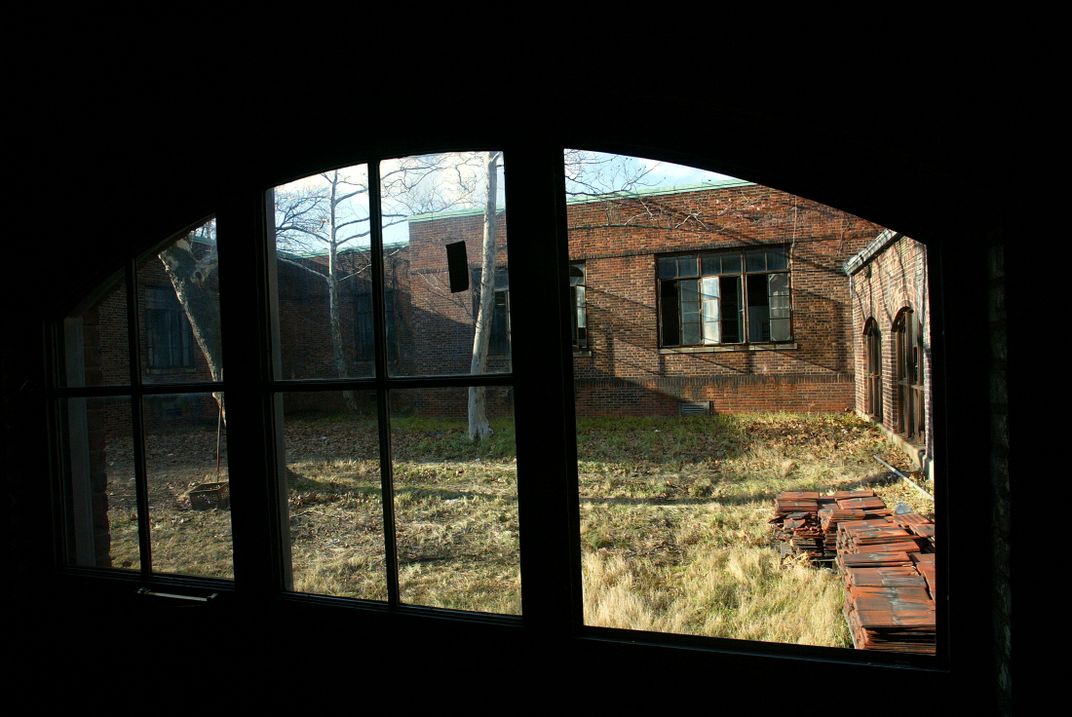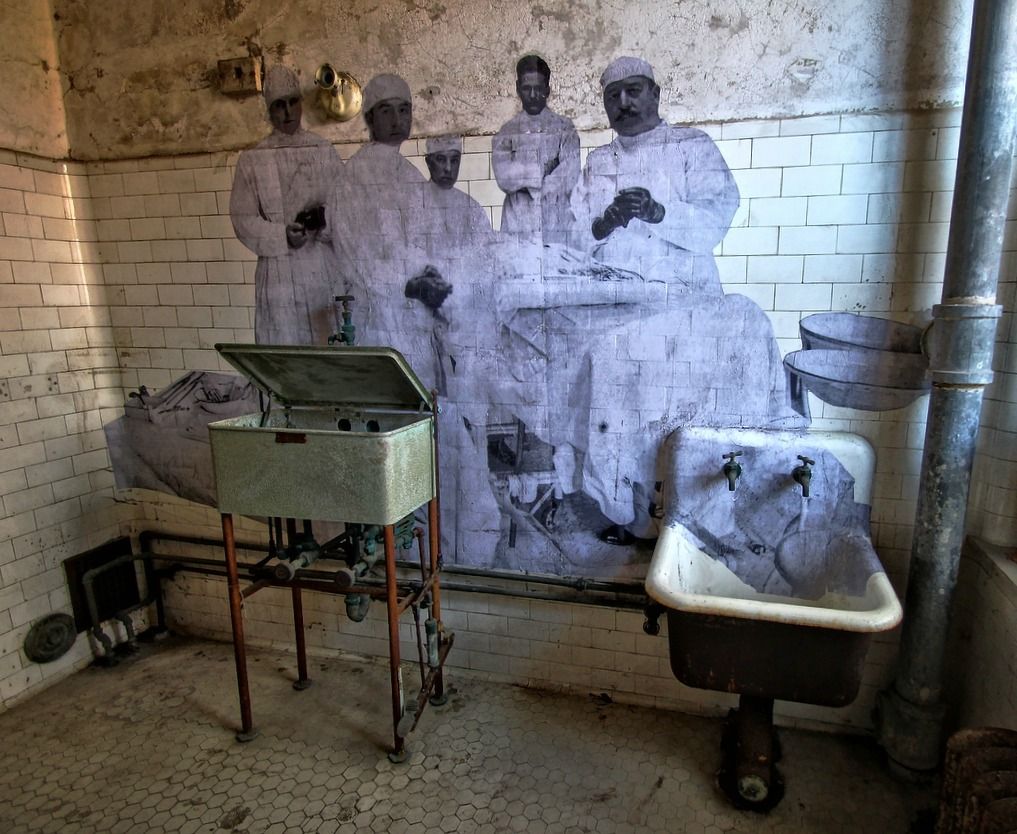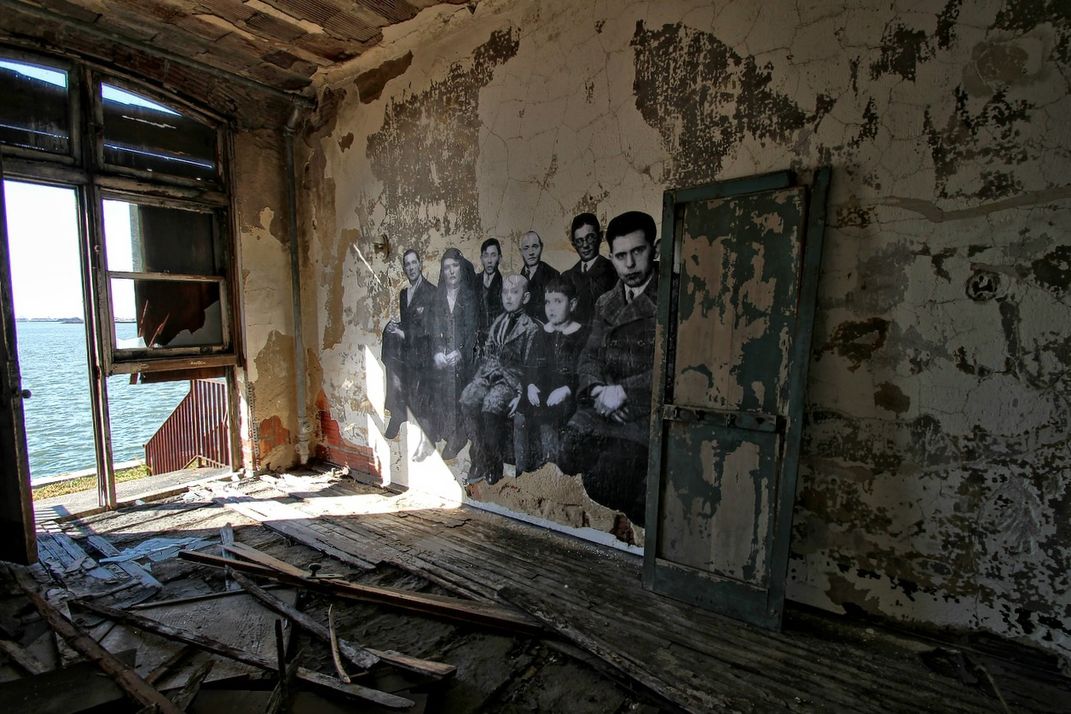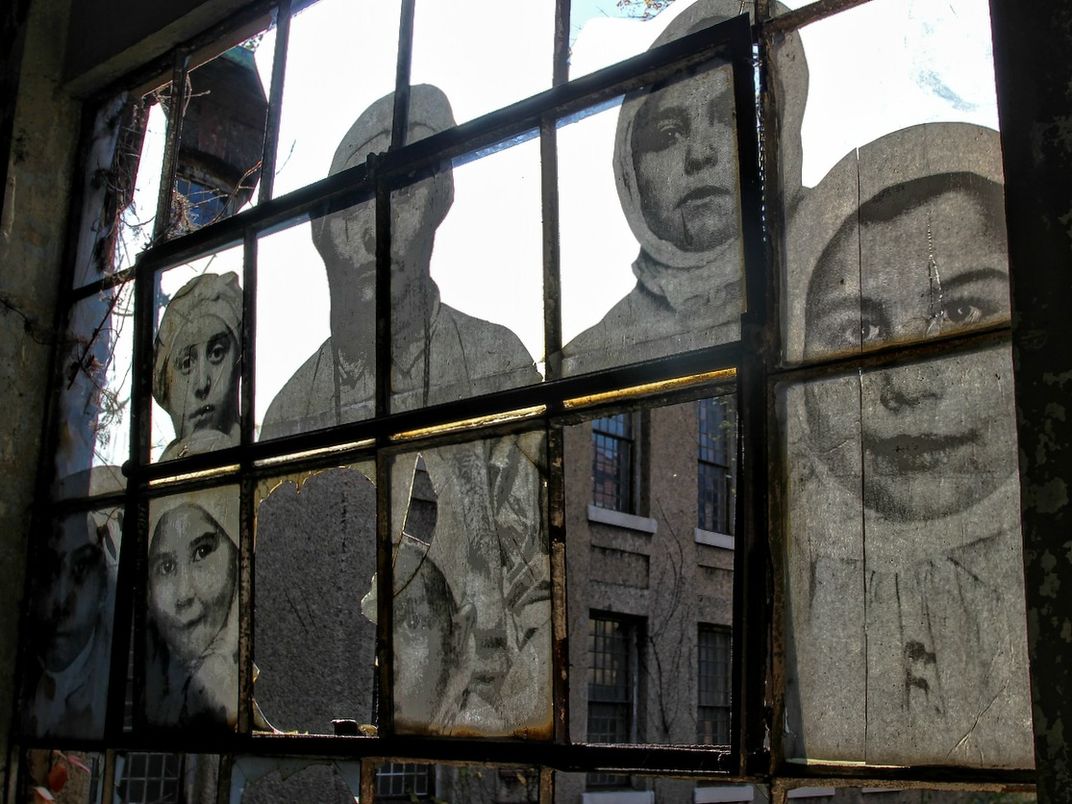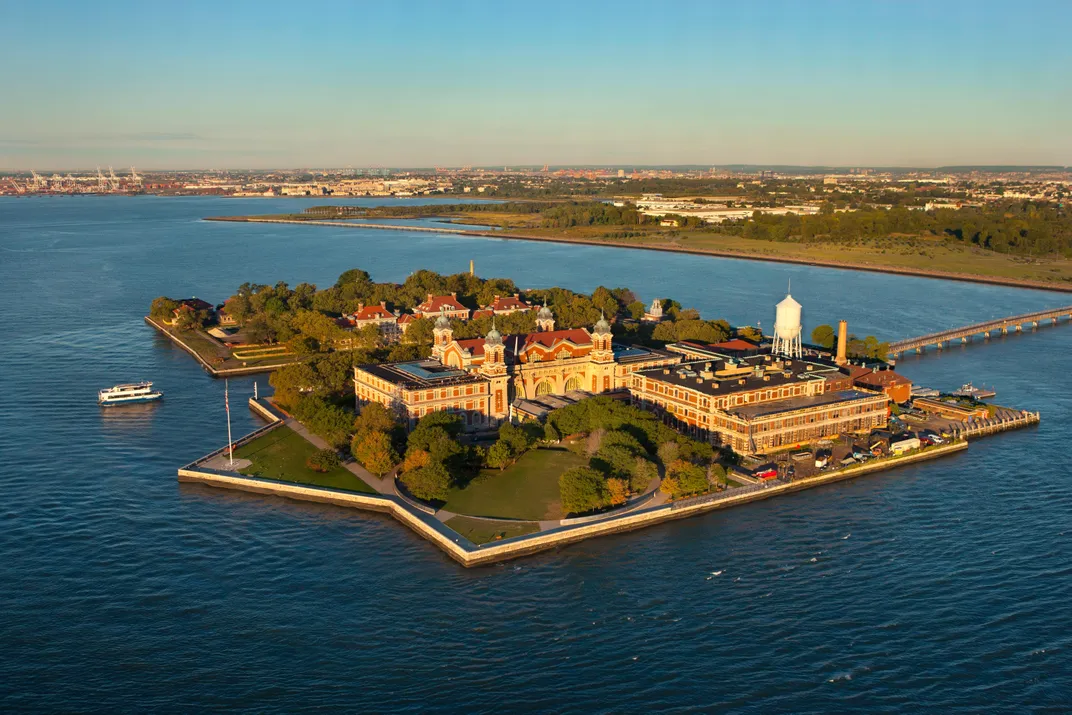The 21st Century Life List: 25 Great New Places to See
Something for the scientist, the history buff, the artist and the thrill-seeker

Some humans are content with a life well lived. Most of us, however, want hard evidence: the vacation photos, the souvenirs, the Hall of Fame plaque with the lifetime stats. Phoebe Snetsinger had her life list.
That’s what birders call the summation of their years of devotion. Snetsinger had long been an enthusiastic birder, but when a doctor gave her a diagnosis of terminal cancer near her 50th birthday, she began traveling to ever more distant and daunting environments to see rarae aves. Meanwhile, her disease went into remission. By the time she died, in 1999, at age 68, she had spotted a then-record 8,400 species, nearly 85 percent of the world’s known winged creatures. Her achievement is an admittedly extreme example of what the life list has become in the broader culture: things to experience while you still have time.
Others, less delicately, prefer “bucket list,” a term from the 2007 film in which Jack Nicholson and Morgan Freeman play stricken men who set out to do all the things they’ve wanted to do before kicking the bucket. The phrase is so handy it seems as if it has been around forever, but the screenwriter, Justin Zackham, says it just happened to be what he called an epic to-do list pinned to his bulletin board.
Life list, bucket list—the basic idea has been around ever since the fifth century B.C., when Herodotus’ History sent Greeks eagerly across the Mediterranean to see Luxor and the pyramids. Nothing against those spectacles, mind you, but just since the dawn of this century, a whole roster of amazing sights has emerged, ready for the seeing. So get going: Phoebe Snetsinger didn’t eyeball 8,400 bird species while sitting on the couch.
1.) The Largest Cave: Hang Son Doong, Vietnam
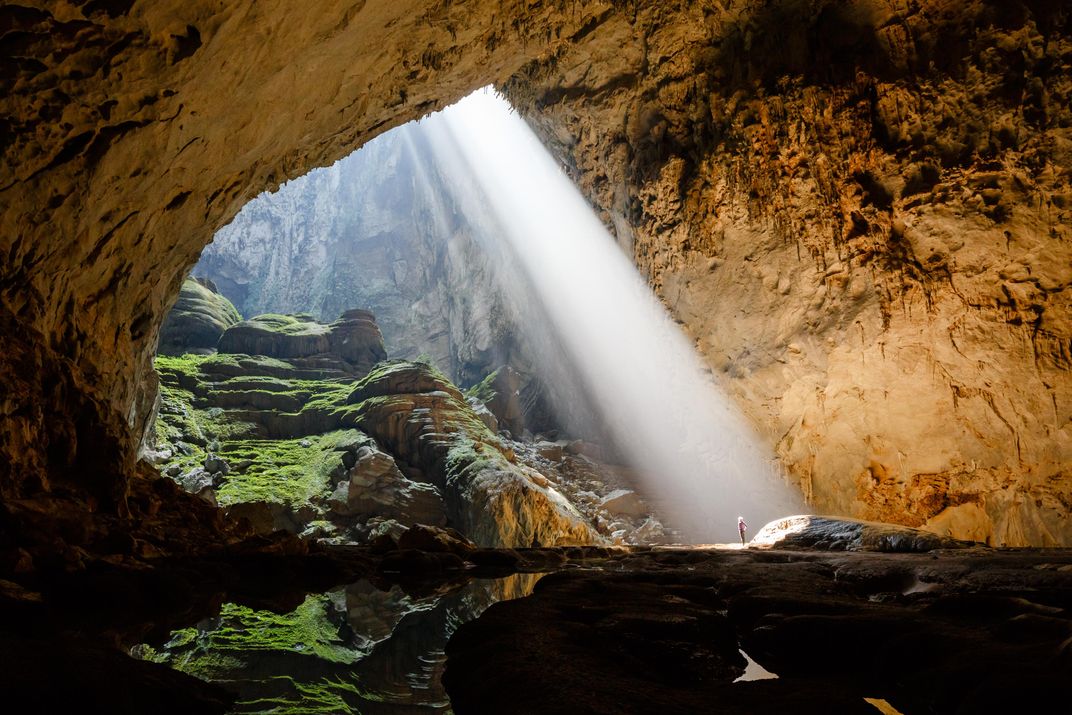
Hang Son Doong, in Vietnam’s Phong Nha-Ke Bang National Park, has ceilings so high (600 feet) they could accommodate the Washington Monument. Its widest expanses (450 feet) could fit a pair of Boeing 747s side by side. A shimmering blue river runs through it. Most spectacularly, a jungle flourishes under shafts of sunlight in stretches where the ceiling fell in long ago. You want to go deep? The cave is more than five miles long—about five times longer than its nearest competitor for the world’s longest, Deer Cave in Sarawak, Malaysia.
Hang Son Doong—the name means “mountain river cave”—has been open to visitors for only two years. (A tour operator says more people have summited Everest than traversed this underworld.) The cave entrance was discovered in 1991—and promptly lost. Ho Khanh, a local man then in his early 20s, went to the national park in search of aloe, whose resin he planned to sell to perfume makers. After he hiked a dozen fruitless miles, rain clouds gathered and Khanh took cover. “I sat down with my back to a huge boulder, then something strange happened,” he later recalled. “I heard the sound of a strong wind and running water coming from behind me.” Back at his village, Khanh’s report of his thrilling discovery was met with skepticism, which only increased after he failed to find it again. He became a kind of semi-tragic figure—the young man who dreamed he’d found a giant cave.
Nearly 20 years later, a team of British cavers recruited Khanh to search for the legendary entrance. They made three expeditions, and found many caves, but not Khanh’s great pit. Finally, he returned to the jungle once more in 2009. “I stopped by a big boulder,” he said. “There was the same strong wind, the sound of water running—I knew I’d found the cave at long last.”
2) Home of the God Particle: Cern Laboratory, Switzerland
Stephen Hawking worries that the field responsible for the Higgs boson (or God particle) may destroy the universe one day. Do you? Perhaps a trip to the laboratory of CERN—short for Conseil Européen pour la Recherche Nucléaire—is in order. CERN, in Meyrin, Switzerland, houses the world’s largest and most powerful particle accelerator, the Large Hadron Collider. Fired up in 2008, this device smashes atoms together at incomprehensible speeds to answer all conceivable questions we could have about the physical world. It answered one of the most compelling of those questions in 2012, when experiments first detected the formerly hypothetical Higgs boson and buttressed the Standard Model of particle physics.
Before this machine went operational, there were fringe fears that it would be so powerful it would create a black hole that would suck in all of the earth. When that didn’t happen, the facility began admitting tourists, if only in the most serious of ways. Visits are limited to specially designated Open Days, the last of which was in 2013, and the next of which has yet to be scheduled. But stay alert, bucketeers: If you end up getting to boast that you were there when scientists did something like isolate 38 atoms of antihydrogen, as they did in 2010, you can be sure nobody will show you videos of themselves water-skiing at the lodge ever again.
3) Leaving the Earth: Spaceport America, New Mexico
Before the moon landing in 1969, earthlings had a vision of space travel, and boy, was it banal. In Stanley Kubrick’s 1968 film 2001: A Space Odyssey, a moonshot aboard a Pan American Spacecraft was as much of a grind as a trans-Atlantic flight. Sadly, both Kubrick and Pan Am expired without even the hope of commercial space travel flickering on the horizon. That could change soon, perhaps by the end of 2016.
Virgin Galactic, a “spaceline” founded by the entrepreneur Richard Branson, has more than 400 people working in Mojave, California, to attain the objective. Though Branson acknowledged that he was shaken by the crash last October that killed a test pilot, he reaffirmed his commitment to “truly opening space.” The plan is to take as many as six passengers at a time on a suborbital trip. Taking off from Spaceport America in New Mexico, the craft would rise to about 361,000 feet, where you can see past the curved horizons and into the black edge of outer space. Then it would come straight down, offering a moment of weightlessness. More than 700 people have signed up, most recently at $250,000 apiece. Meanwhile, two other companies, in Arizona and in Spain, may steal a bit of Branson’s thunder by taking travelers to the edge of the stratosphere in high-performance balloons. Phileas Fogg would love it.
4) Gorillas in Their Midst: Mountain Trekking, East Africa
Most people who have seen gorillas have seen western lowland gorillas; nice creatures, but weighing in at just a few hundred pounds, they might as well be drinking from teacups and working on their macramé. They are not the majestic animals made famous by the intrepid zoologist Dian Fossey, the mountain gorillas that weigh nearly 500 pounds. To see them—and you might want to move it, since only 800 or so remain, and they are critically endangered by habitat loss—you have to go to the verdant heights of the Bwindi area of Uganda or the Virunga Mountains, which spread over parts of Uganda, Rwanda and Congo.
And thanks to Gorillas in the Mist, the Fossey biopic, and the 2014 Oscar-nominated documentary Virunga, gorilla tracking (or trekking) has become increasingly popular. But it is expensive and highly regulated. Permits are limited in number and range from $400 per day in Congo to $750 per day in Rwanda; visitors may spend no more than an hour with the animals. Beyond those precepts, the rules combine common sense and good manners: Speak quietly; stay at least 20 feet from the animals; if one charges, crouch down slowly, avoid eye contact and wait for the animal to pass. In other words, act as if you were taking your tween daughter to a One Direction concert.
5) The Starriest Night: Alma Telescope, Chile
If you like stars, head for the desert—Chile’s Atacama Desert. It’s one of the world’s driest places—scientists believe it received no significant rainfall between 1570 and 1971—and the absence of moisture offers the clearest view of the night sky on terra firma. That’s why in 1999 European, Asian and North American nations partnered with Chile to create ALMA, or the Atacama Large Millimeter/submillimeter Array. Perched atop the Chajnantor Plateau at 16,570 feet above sea level, the observatory is one of the highest instruments on earth. ALMA’s state-of-the-art telescope utilizes 66 radio antennas, most almost 40 feet in diameter, to create images comparable to those that could be obtained with a 46,000-foot-wide dish. It’s been said that the scope could spot a golf ball nine miles away, but usually scientists use it to study ancient galaxies and to probe around young stars for nascent planets. That is, of course, a far better use of this equipment than investigating any of the half-dozen or so UFO sightings that have been reported in Chile since 2012.
ALMA opened its control room and laboratories (but not the array itself, for safety reasons) to tourists this past March. So far, only earthlings have shown up. Or so they say.
6) The Incredible Shrinking Glacier: Mendenhall Ice Caves, Alaska
Just 12 miles from downtown Juneau, in the Tongass National Forest, is the 12-mile-long Mendenhall Glacier, which began forming about 3,000 years ago and stopped growing in the mid-1700s. Now it’s melting away, leaving ever less time to see one of the most breathtaking visions available. The glacier is partially hollow; melting reveals astonishing ice caves where blue water runs over blue rocks, creating surreal lava-lampish images. To see them, however, a visitor must kayak or otherwise boat through icy water to the glacier or clamber across the dangerous peninsula that protrudes into Mendenhall Lake. (When state troopers say the caves and their approaches are the “most-rescued” area of the Tongass, they’re referring to people, not the landscape.) The roof of a popular cave partially collapsed in summer 2014; what remains is unstable. Park authorities strongly suggest hiring a guide; two companies lead expeditions to the glacier.
7) The Fastest Rollercoaster: Ferrari World, Abu Dhabi
You might have thought Ferrari World would be found in the Emilia-Romagna region of Northern Italy—perhaps in Modena, where the brilliant Enzo Ferrari was born, or in Maranello, where he moved his factory and race car operations during World War II. But no. Ferrari World, the planet’s largest indoor theme park, opened in 2010 in Abu Dhabi. And in Ferrari World you will find Formula Rossa, the world’s fastest roller coaster. It uses a hydraulic launch system similar to the catapults used on aircraft carriers, and it goes from 0 to 60 miles per hour in two seconds and to its top speed of 149 mph in five. (The previous record holder, Kingda Ka of Six Flags Great Adventure, in New Jersey, topped out at 128.) In keeping with the Formula One theme, passengers are required to wear goggles. Alberto Minetti, a professor of physiology in Milan, says that at 150 mph, “even dust that is not normally harmful is. Even dust like when you are sitting at your desk, it’s like a bullet in a way.”
8) The Deepest Dive: Cayman Trench, Caribbean Sea
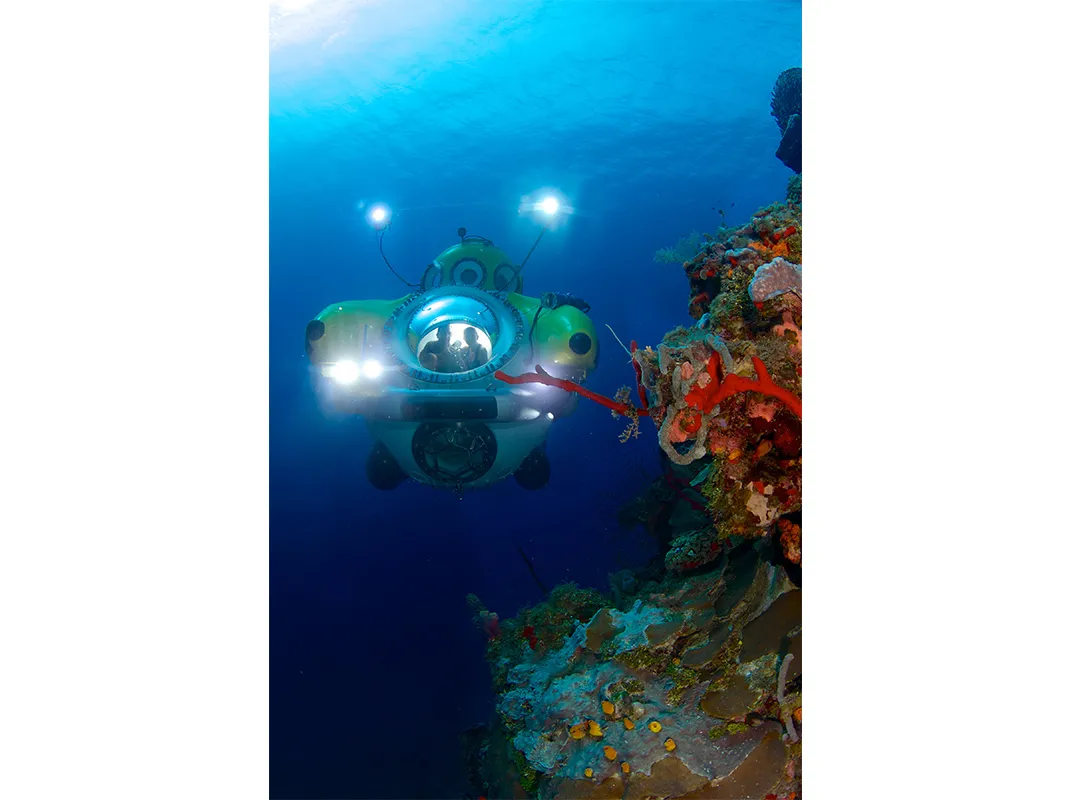
You may be one of those for whom a vacation isn’t a vacation unless it offers a dip in the ocean. If so, you might consider the Roatan Institute of Deepsea Exploration, or RIDE, a Honduras-based outfit that offers to take tourists as deep as 2,000 feet below the surface of the Caribbean. The owner and operator of RIDE, Karl Stanley, has been in business since 1998, but in the early 2000s he designed and built a small submarine called the Idabel, capable of deep dives. Stanley and his vessel today offer several experiences in the Cayman Trench, the deepest part of the Caribbean; they vary in length and fee, starting with a 90-minute, 1,000-foot dive that costs $500 and offers a close view of sea lilies, glass sponges, pompom anemones and lace coral.
For those who do nothing halfway, RIDE offers a $1,500 trip that guarantees a close view of sixgill sharks, among the largest but least-known predators in the sea. Their appearance is assured by the attachment of meat carcasses to the Idabel’s exterior. The submarine descends below 1,500 feet into total darkness and waits for the sharks to appear, jostling the vessel as they enjoy their buffet and providing a signal to turn on the sub’s exterior lights. This trip can last up to nine hours. Voyages on the Idabel are designed for two people and a pilot, but any combination of humanity that weighs less than 460 pounds can be accommodated. The record, says Captain Stanley, is six.
9) The Mecca of Islamic Art: Museum of Islamic Art, Qatar
Fourteen hundred years in the making, the world’s greatest collection of Islamic art—textiles, manuscripts, metalwork, woodwork, ceramics, jewelry and glass—is housed at the Museum of Islamic Art in Doha, Qatar. Designed by I.M. Pei after his immersive study of the life of Muhammad and the architecture of Islamic nations, the museum was described as his last major cultural building. (He was 91 when it opened, in 2008.) Concerned about how future construction in a rapidly growing city would affect the way the building is perceived—no architect wants to build a museum and then have a Dunkin’ Donuts come along and photobomb his masterpiece—Pei had a word with Qatar’s emir, Sheik Hamad bin Khalifa al-Thani. The sheik, who is also chairman of the museum’s board, responded by building an island in the Persian Gulf just off Doha’s new waterfront corniche to serve as an unobstructed pedestal for the museum and its astonishing collection.
Assembled over 20 years from sources in Spain, Egypt, Iran, Iraq, Turkey, India and Central Asia, it covers religious and secular concerns, including geometry, science and calligraphy. Take special care to see the bronze Andalusian fountainhead in the form of a doe and the calligraphy and illuminations in an extraordinary copy of the Dala’il al-Khayrat prayer book from Istanbul dating from 1216.
10) The Greatest Restaurant: Noma, Denmark
Almost anything can be the world’s best something for a moment. When something has been deemed the world’s best four times in the last six years (with a plummet to second and third places in the Years We Don’t Discuss), it commands attention. Located in a waterfront warehouse in Copenhagen, Noma—a mashup of the Danish words nordisk (“Nordic”) and mad (“food”)—is co-owned by chef René Redzepi and dedicated to serving a pure and inventive Nordic cuisine. Dinner comprises perhaps 20 small courses, each based on ingredients foraged from nearby forests, fields and seacoasts. Past dishes include fried reindeer moss and mushrooms; blue mussels and celery; caramelized milk and cod liver; pickled quail eggs; radish, grass and—no kidding—simulated soil; preserved fish pancakes; sea urchin with dill and cucumber; and a dessert of carrot and sea buckthorn. If the dishes seem extraordinary, the way they appear on the plate is so out of this world that set designers for future Star Wars movies should study them for inspiration.
11) Time Capsule: Havana, Cuba
Go, baby, for the love of God go! The long-barricaded door to American commerce has at last sprung open, meaning that perhaps only minutes remain before the Pearl of the Antilles turns into a vast shopping mall. Go before the trade sanction-preserved time capsule disappears, before LED billboards advertising Applebee’s and American Eagle Outfitters overwhelm the Plaza Vieja, before honking Ford Explorers displace the lovingly preserved Pontiac Bonnevilles and Cadillac Coupe de Villes, before Gran Teatro de La Habana books the touring company production of Chicos Jersey, before the graceful expanse of the Malecón gets a Trump Plaza Hotel and Casino, before the Plaza de la Revolución hosts the opening of the flagship San Juan Hillburger restaurant, while you can still smoke a Cohiba indoors.
12) Royal Treatment: Leicester, England
Call it "CSI: Leicester." Richard III—the much-maligned king, the most malignant Shakespearean villain—was killed in 1485 at the Battle of Bosworth, the climactic conflict of the Wars of the Roses. For centuries it was believed that his body had been chucked into a river and never recovered. But stellar research published in 1986 raised the reasonably good chance that the king had been buried at Greyfriars, a long-vanished Franciscan friary then thought to be under a municipal parking lot. After another battle—this one involving bureaucracy and fundraising—archaeologists began digging at the site in 2012. They were delighted to find evidence of the friary's church, then ecstatic to find a skeleton, one with battle wounds and a curved spine. After DNA and other evidence proved that those bones were royal, they were reinterred at Leicester Cathedral this past March.
The whole saga—king, battle, historical and scientific quest—can be marked by visiting a trio of proximately placed locations: the Bosworth Battlefield Heritage Center to see where he died, the King Richard III Visitor Center to see where his bones had lain in anonymity, and Leicester Cathedral to pay respects at the royal tomb.
13) Flower Power: Haifa, Israel
At the end of the 19th century, the followers of Baha'i, an offshoot of Shia Islam, were exiled from Iran and began seeking a home. After several brief, inhospitable stops, they settled near Haifa, where the believers built a shrine that now serves as a center of the sect. The shrine—reopened after restoration in 2011—has walls of Italian marble, granite pillars and a 120-foot-high dome covered with 14,000 gold-coated bricks, but its most remarkable feature is its astonishing gardens. Extending from the summit of Mount Carmel in nine concentric circles surrounding the shrine, the gardens extend over 19 terraces, from the Persian Gardens, with its topiary sculpted into eight-pointed stars, at the top, to the Hanging Gardens below, with its breathtaking combinations of trees, bushes, flower beds and neatly manicured lawns adorned with balustrades, fountains, iron gates and stone eagles. Crowning it all is a panoramic view of Haifa Bay and the Mediterranean beyond.
14) Chill Out: Ross Island, Antarctica
This New Year’s Eve, you could celebrate the start of another trip around the sun the same fun way you always do, by donning a conical cardboard party hat and giving a joyful honk on a plastic noisemaker. Or you could mix things up a bit and take two or three planes to Tierra del Fuego, then two or three ships to the U.S. research center McMurdo Station in Antarctica, and join the thousand or so residents of the world’s most remote and forbidding wilderness for the annual Icestock music festival. As it happens, the festival takes place at the height of the austral summer, when the sun never sets and temperatures break into the 30s. I know what you’re thinking: Won’t it be jammed? Well, true enough, if you make this trip, you won’t be alone; annual tourism to Antarctica in recent years has been cresting above 30,000 people, who go to kayak, dive, cross-country ski, and see the seals, penguins, whales, glaciers, icebergs and avalanches. Note that going to and from the continent generally takes about two weeks, you’ll almost continuously wear two or three layers of clothing while you’re there, and you’ll have to observe stringent cleanliness rules in order to maintain Antarctica’s pristine condition. But you’ll never gripe about a conical cardboard hat again.
15) Throbbing Temple: Delhi, India
With nine domes, 234 pillars and 20,000 statues all hand-carved from red sandstone or marble, Swaminarayan Akshardham Temple is both the largest Hindu temple in the world and an amazing amalgam of the ancient and the modern. Built with traditional engineering techniques, the temple rests not on a steel superstructure but on giant interlocking chunks of stone, atop a base decorated with 148 stone elephants, each carved from a single block. Begun in the year 2000, the temple drew on the labors of 15,000 artists and volunteers to meet an opening date in 2005; it now attracts nearly three million visitors a year, reportedly accounting for more than 70 percent of Delhi’s tourism. But the temple is more than a testament to traditional methods; it has an IMAX screen, a spectacular musical fountain show and a Hall of Values, which features 15 3-D dioramas employing robotics, fiber optics and animatronic technology to present the messages of compassion, endeavor, prayer, morality, vegetarianism and family harmony. Also state of the art is the security operation, after a terrorist attack on another temple in 2002. Visitors aren't allowed to bring cameras or electronic devices into the building (you can have your picture taken by a volunteer at a designated spot), nor can you wear a belt. Dress accordingly.
16) For Peat's Sake: John Muir Way, Scotland
Constructing a hiking trail through open country seems like the perfect way to honor John Muir, the naturalist, writer and founder of the Sierra Club, although the man’s close association with the preservation of Yosemite Valley and Sequoia National Park may argue for locating the path somewhere in California. But Muir was born in Scotland, and it is the Scots who have honored the trailblazer with, appropriately, a hiking trail, one that runs 134 miles from his hometown of Dunbar, on the North Sea, west to Helensburgh, on Gare Loch, a coast-to-coast trip that offers views of farms and fields, castles and canals, small towns and cosmopolitan Edinburgh. The route can be walked or cycled and is in parts amenable to travel by horseback. The locals say the trip should take seven to ten days, depending how often you feel like stopping to sample a single malt whisky and proclaiming O my Luve's like a red, red rose in your impressive Robert Burns accent.
17) Hell, Yes: Karakum Desert, Turkmenistan
Details of the origin story of the Door to Hell are a little vague, but sometime in 1971—or perhaps the ’60s—a natural-gas cavern in Darvaza, Turkmenistan, collapsed—or maybe exploded—leaving a crater 225 feet wide and 99 feet deep, still redolent of gas. At some point thereafter—the ’70s? ’80s?—Soviet scientists decided to burn off the lingering gas. Evidently, they underestimated the size of the gas reserve, because the hole has been on fire ever since. Nicknamed the Door to Hell by locals, the crater is a glowing red-hot (though clean-burning), sulfur-reeking pit on the flat brown desert. In 2010, the Turkmenistan government decided to fill the crater in, but hasn’t acted. Visitors should note that Darvaza is 150 miles away from the capital city of Ashgabat, and anyone who hasn’t brought heat-protective clothing shouldn’t expect to spend more than seconds viewing the pit. On the other hand, the T-shirt concession seems available.
18) Eyes Up: Tianmen Mountain, Hunan Province, China
Not tempted to test the Door of Hell? Head instead to the Gates of Heaven, a destination in China’s Zhangjiajie National Forest Park that is far more scenic and sweeter-sounding but actually more terrifying. Built in 2011, the Gates of Heaven is a three-foot-wide, 700-foot-long skywalk that has been attached to the sheer vertical face of Tianmen Mountain, 4,700 feet above the lush canyon floor below. But that’s not the scary part: a 60-yard stretch of the walkway is made of glass. Yes, glass, of the see-through variety, the kind that allows you to look through and imagine that you are floating—or plummeting to your death, as the case may be. If you can stand it, the mountain also offers a spectacular natural arch, a lovely temple and a cave that can be reached only by climbing 999 steps that were hewn out of the mountain rock. Evidently everything about the experience is breathtaking.
19) New Berths: Ecuador by Rail
What was birthed in travail now lives in luxury. Bedeviled by malaria, snakes, floods and landslides that regularly wiped out hard-won progress, the rail line between Ecuador’s two major cities—Quito in the Andes and Guayaquil on the Pacific coast—was proudly completed in 1908. Modern roads made the line superfluous, at least until somebody realized that modern luxury-loving tourists might find an elegant four-day, three-night journey aboard the stylishly refurbished Tren Crucero the perfect way to study the snowcapped Andes, to visit the amazing Avenue of the Volcanoes (including Cotapaxi, the world’s highest active volcano), to make the unbelievably steep, tight Devil’s Nose turn and to traverse one of the most biodiverse environments—why yes, I believe that is an Andean condor, the fabled Jaguar of the Air, right outside the window—that can be found anywhere on the planet.
20) Past Perfected: Ellis Island Hospital, New York City
When the grandly appointed Ellis Island hospital began treating patients in 1902, the immigration facility had already for ten years been a place of unusually raw emotion—hope, desperation, anticipation, confusion and, for some, heartbreaking rejection. Adding the emotional freight of disease and recovery, of 350 births and 3,500 deaths, the hospital only increased the island’s emotional resonance. In 1939 the buildings were handed over to the Coast Guard, which in 1954 abandoned the facility as it stood, with objects left in place, as though the occupants were fleeing an onrushing disaster.
The hospital buildings reopened to tourists in October and endowed with a stunning enhancement: an installation by the French artist JR of period photographs of the hospital and its patients, enlarged, made translucent and hung throughout the buildings. The ghostly images restore to the barren rooms the humanity that once waited there, so hopefully, to be loosed upon a new land.
Editors' Note, August 26, 2015: An earlier version of this story called Hang Son Doong in Vietnam the world’s “longest" cave. While it is believed to be the world’s largest cave, it is not the longest known cave.
FUTURE LIST
Miami, Florida
SkyRise Miami, a 1,000-foot tower shaped like a money clip, will offer simulated BASE jumping. Tentative opening: 2018
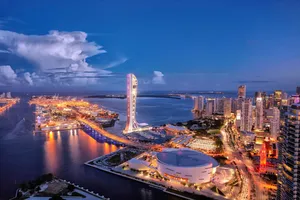 Miami, Florida
Miami, Florida
Abu Dhabi, United Arab Emirates
The Louvre Abu Dhabi will be the first of three museums in the new Saadiyat Island cultural district. Tentative opening: December 2015
 Abu Dhabi, United Arab Emirates
Abu Dhabi, United Arab Emirates
London, England
The world's most expensive footbridge—a public garden 1,200 feet long—will span the Thames. Tentative opening: 2018
 London, England
London, England
Jeddah, Saudi Arabia
At 3,034 feet, Kingdom Tower will be the world's newest tallest building by hundreds of feet. Tentative opening: 2018
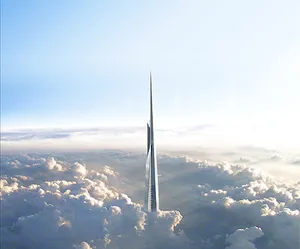 Jeddah, Saudi Arabia
Jeddah, Saudi Arabia
Giza Plateau, Egypt
The Grand Egyptian Museum: 100,000 artifacts highlighting 7,000 years of civilization on the Nile. Tentative opening: 2018
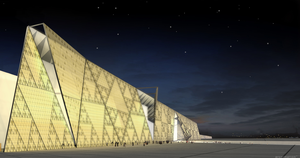 Giza Plateau, Egypt
Giza Plateau, Egypt
